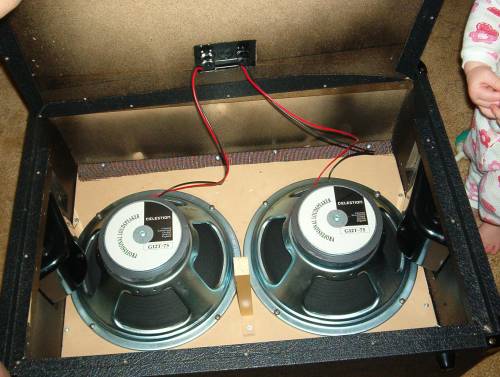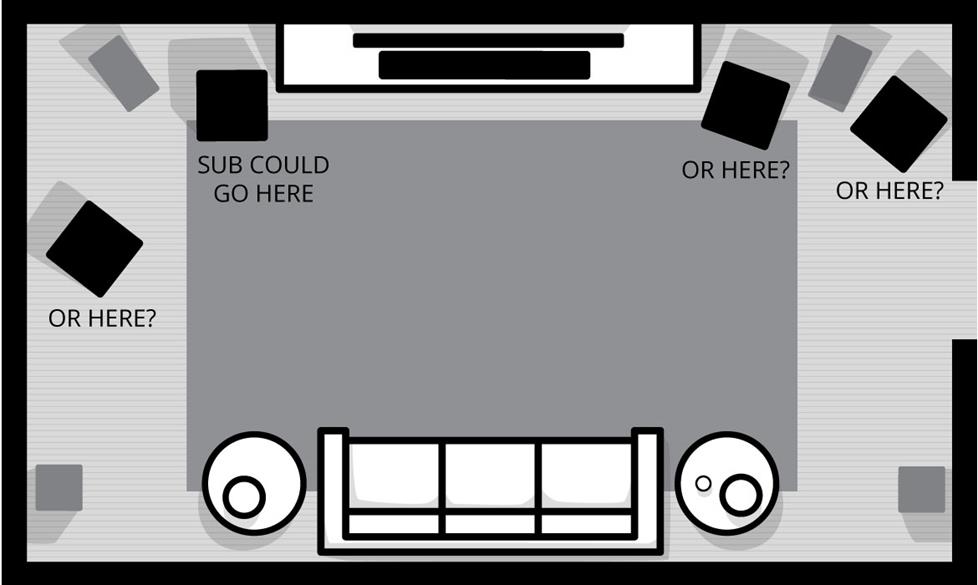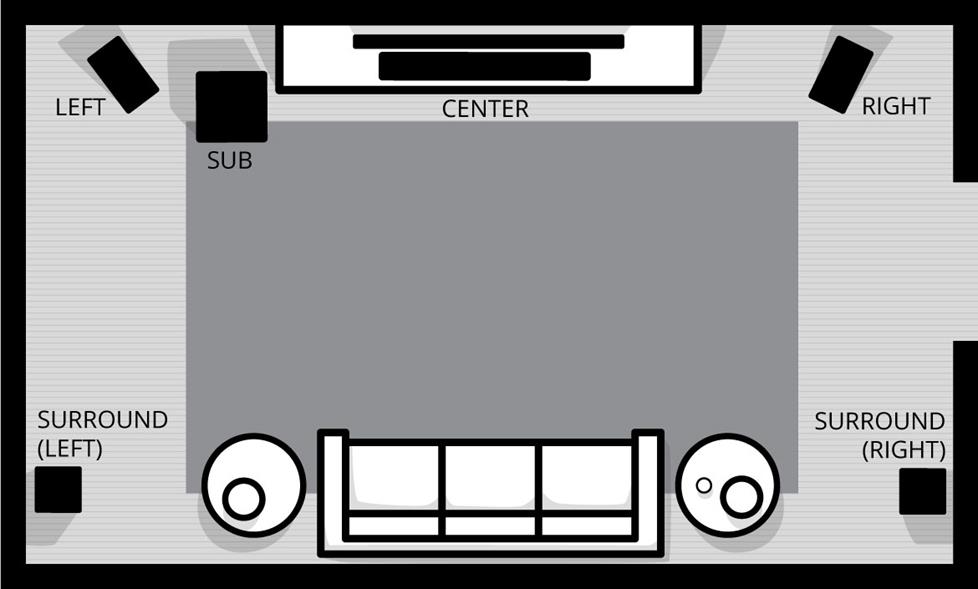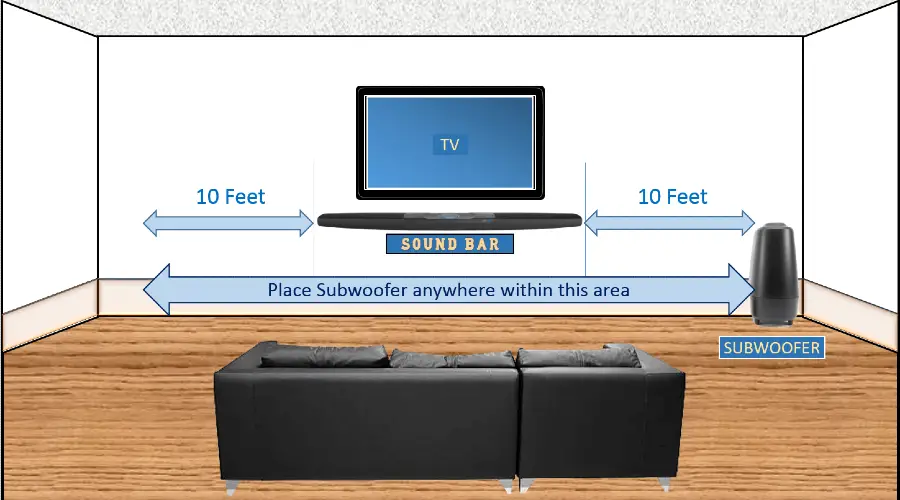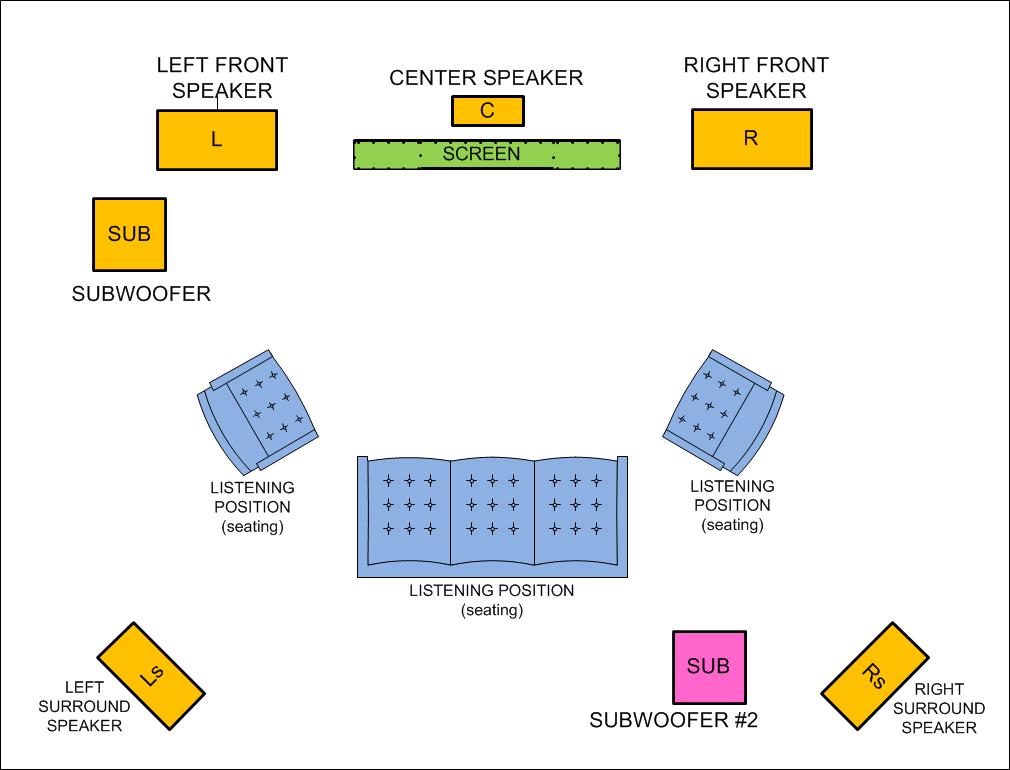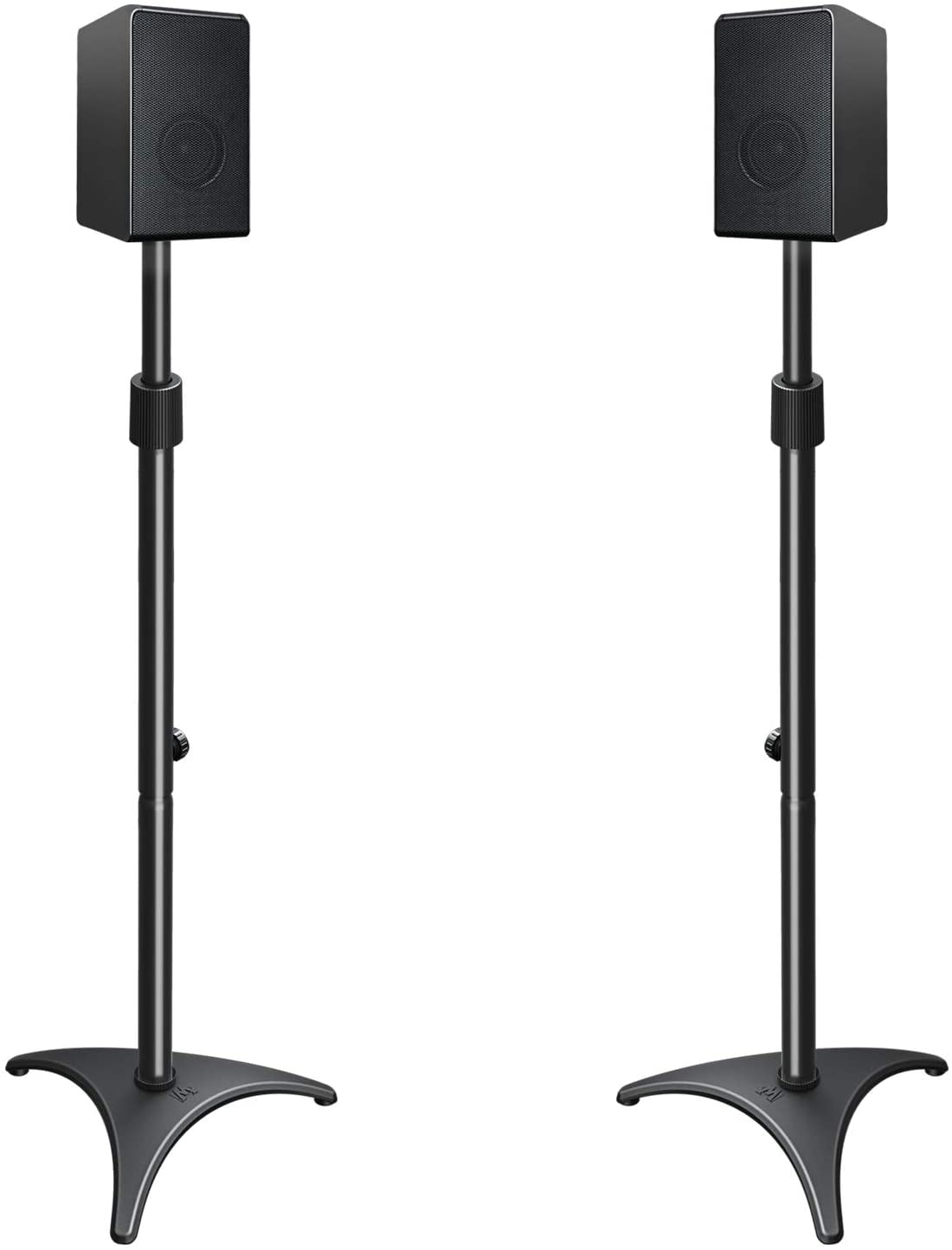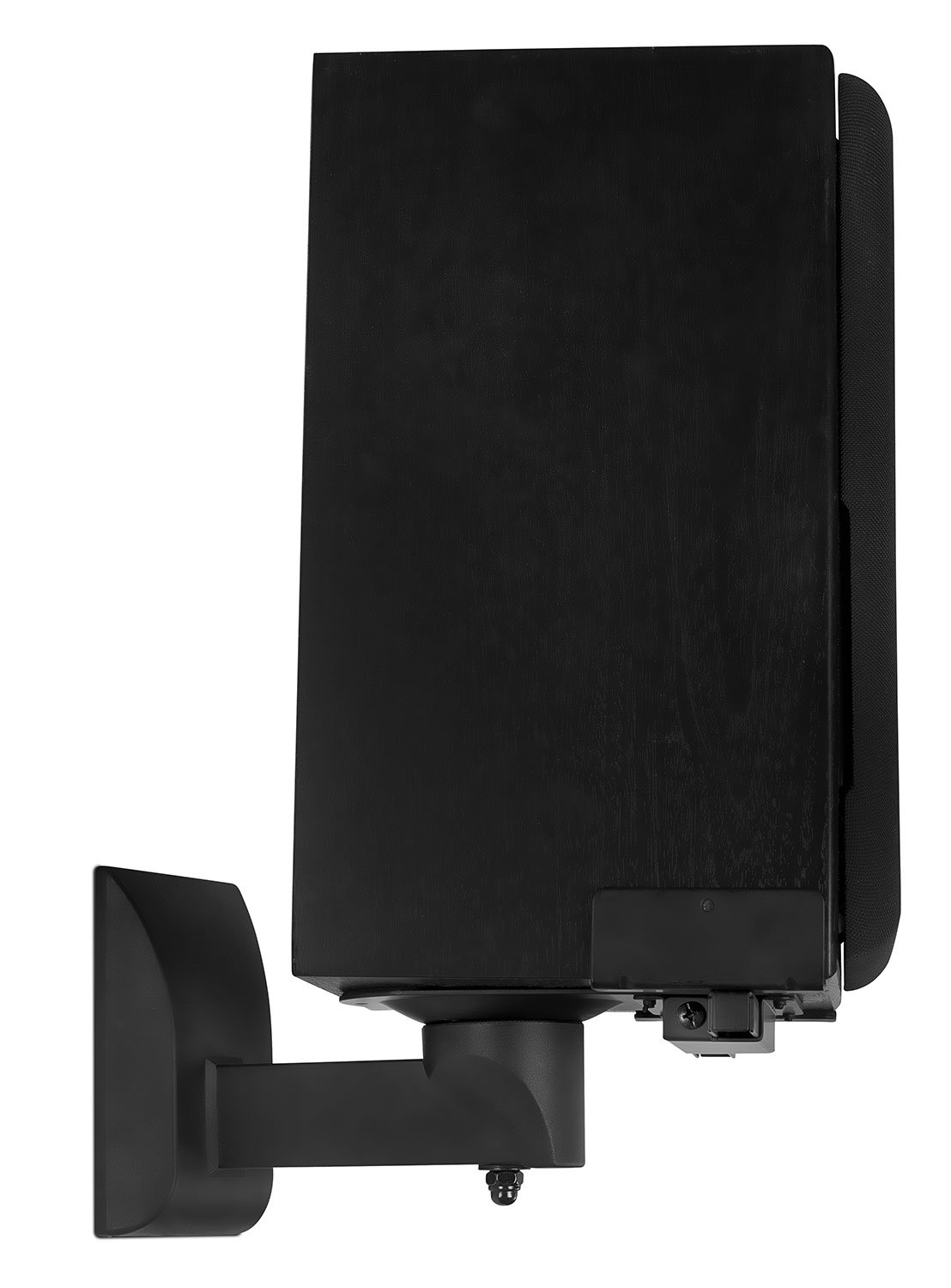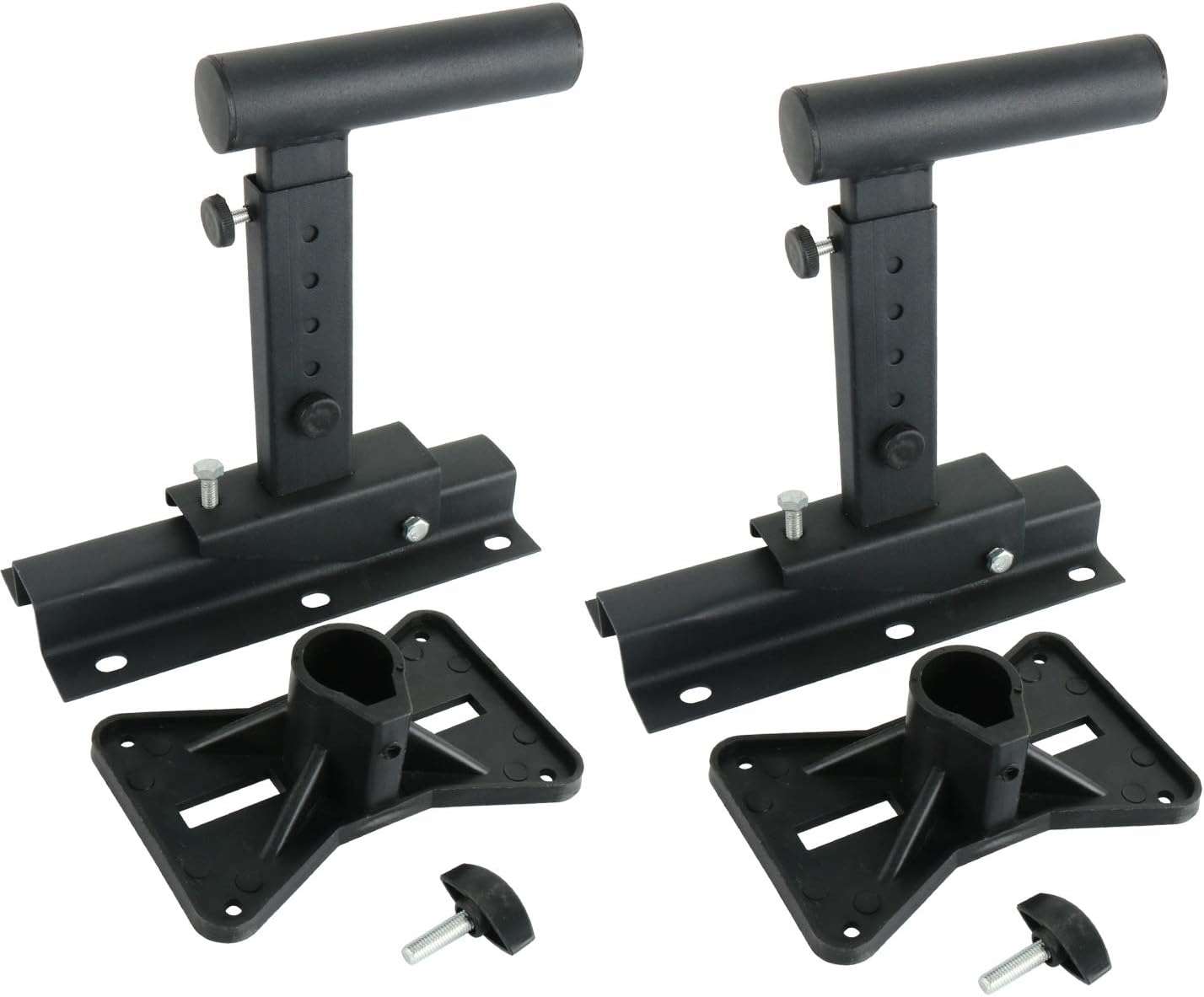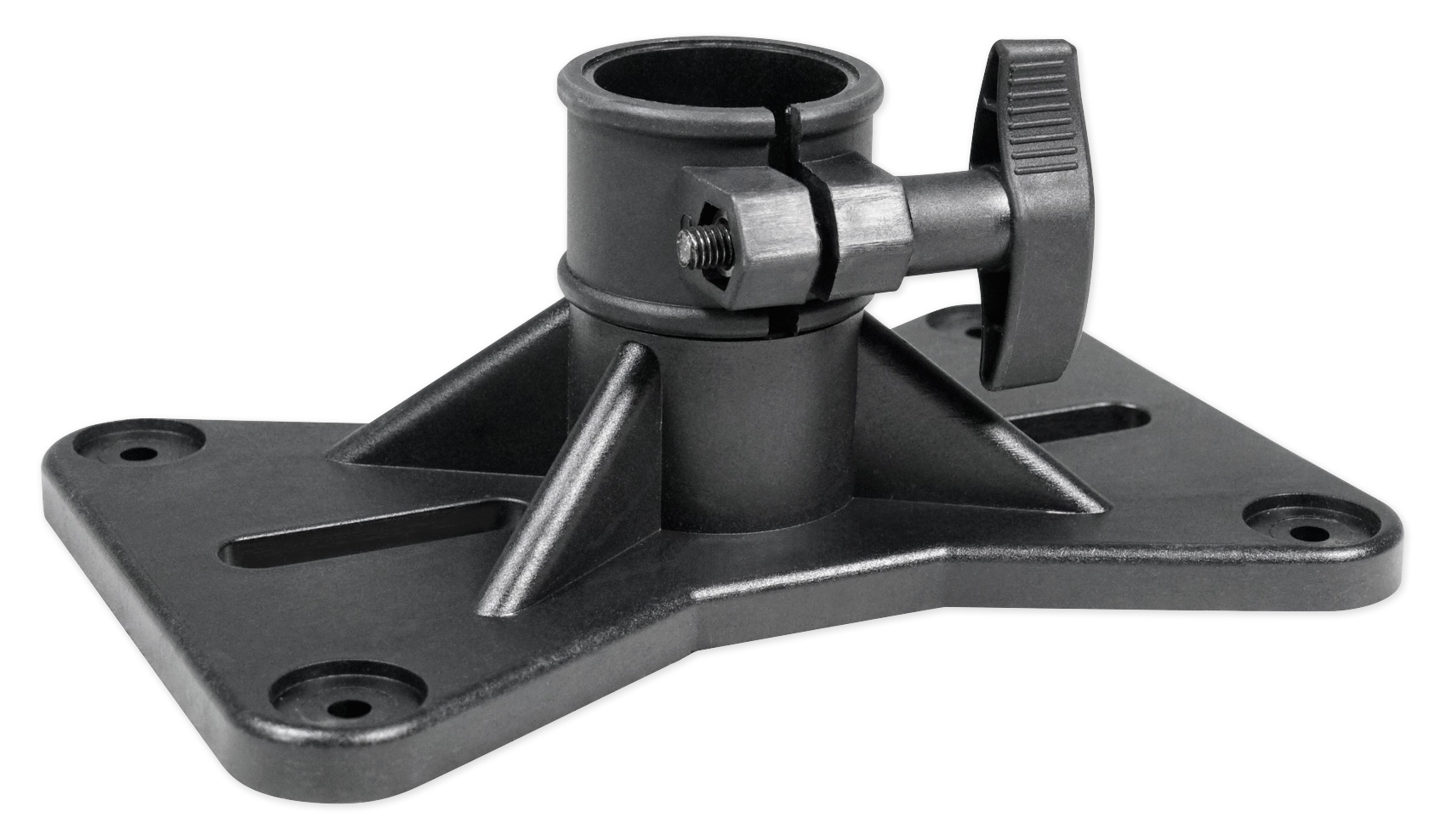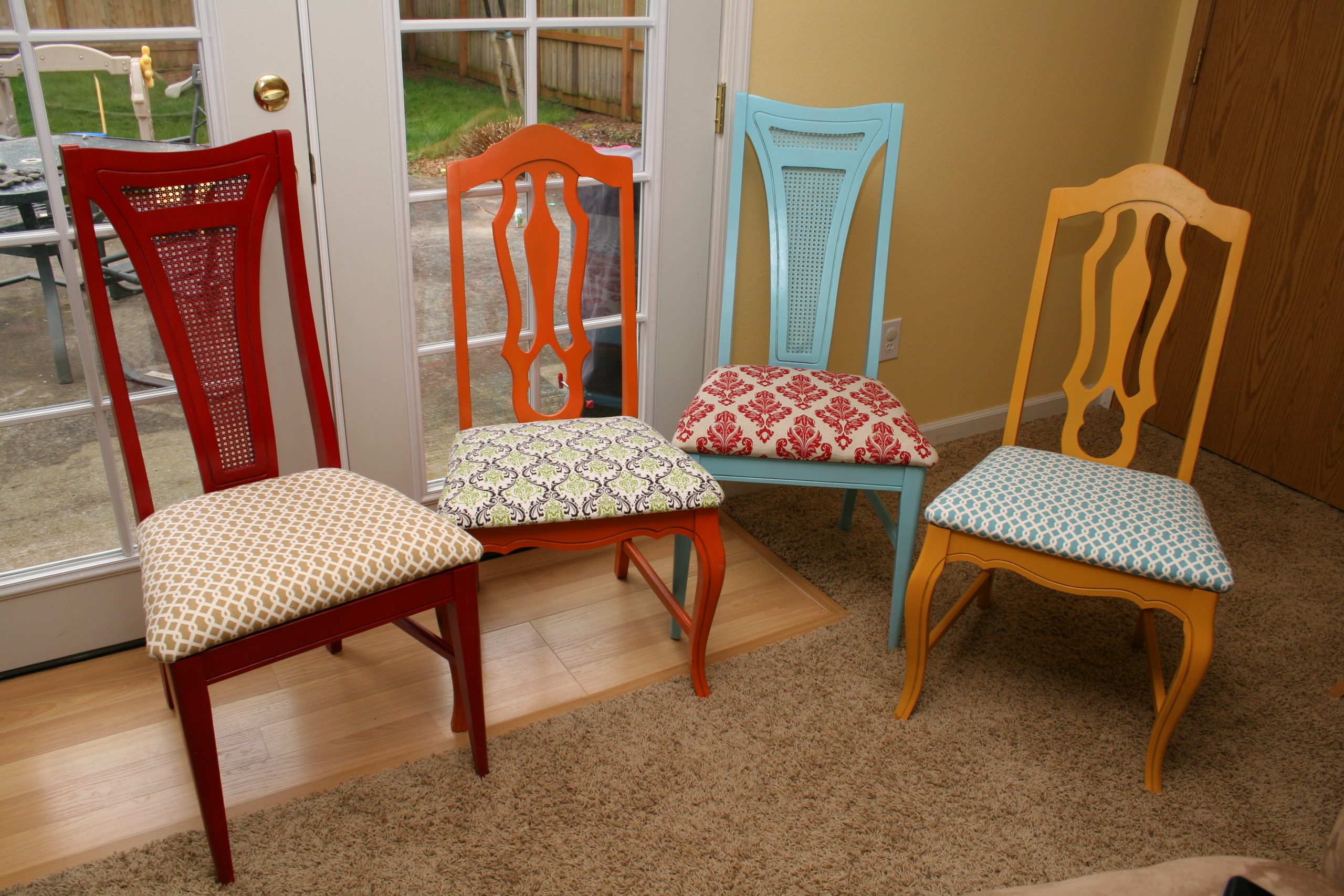When setting up your living room speaker system, the first thing you need to consider is the placement of your speakers. This is crucial as it can greatly affect the sound quality and overall listening experience. Start by placing your front left and right speakers at an equal distance from your TV or main listening area. These speakers should also be angled slightly towards the listener for optimal sound projection. Next, your center speaker should be placed either above or below your TV, directly facing the main listening area. This speaker is responsible for dialogue and should be centered with your front left and right speakers. For surround sound speakers, the general rule of thumb is to place them slightly above ear level, facing the main listening area. However, if they have adjustable mounts, you can experiment with different angles and heights to find the best sound balance. Lastly, for a subwoofer, it is best to place it on the same side of the room as your front left and right speakers. This will help create a more cohesive sound and avoid any bass imbalances.1. Speaker Placement
If you have a surround sound system, it's important to properly set it up for optimal sound quality. This includes connecting the speakers to your audio receiver and adjusting the settings to match your room setup. Most receivers have a built-in calibration feature that will help you determine the best settings for your specific room. It's also important to make sure your speakers are properly positioned and angled for the best sound projection. You can also experiment with different surround sound modes on your receiver to find the one that suits your preferences and room setup.2. Surround Sound Setup
Your audio receiver is the central hub of your living room speaker system and it's important to set it up correctly. Start by connecting all your speakers to the designated ports on the receiver. Then, make sure to properly configure the audio settings, such as speaker size, distance, and crossover frequency, to match your room and speaker setup. It's also a good idea to familiarize yourself with the different audio modes on your receiver, such as stereo, surround sound, and sound processing options. This will help you get the most out of your audio receiver and enhance your listening experience.3. Audio Receiver Setup
Gone are the days of messy speaker wires running across your living room. With advancements in technology, you can now have a wireless speaker system that eliminates the need for long and unsightly wires. This not only creates a cleaner and more organized space but also allows for more flexibility in speaker placement. When setting up a wireless speaker system, make sure to follow the manufacturer's instructions and connect all the speakers to the designated wireless hub. You may also need to download a corresponding app to your phone or tablet to control the speakers and adjust the audio settings.4. Wireless Speaker System
If you're looking to create a true home theater experience in your living room, there are a few extra steps you can take to enhance your setup. This can include adding a projector and screen, as well as installing acoustic panels or soundproofing materials to improve sound quality. When setting up a home theater, it's important to carefully plan the layout and placement of your speakers, as well as the seating arrangement for optimal viewing and sound immersion. You may also want to invest in a universal remote control to easily manage all your devices and settings.5. Home Theater Setup
Speaker calibration is an essential step in setting up your living room speaker system. This involves adjusting the audio settings on your receiver, such as speaker distance, size, and crossover frequency, to match your specific room and speaker setup. Most modern receivers have a built-in calibration feature that uses a microphone to measure the acoustics of your room and adjust the settings accordingly. This ensures that you get the best sound quality possible and eliminates any potential audio imbalances.6. Speaker Calibration
A soundbar is a popular choice for those looking to enhance their living room audio without the hassle of a full surround sound system. When installing a soundbar, make sure to place it directly below or above your TV, facing the main listening area. You may also need to adjust the soundbar settings to match your room and preferences. Some soundbars also come with a subwoofer, which can be placed on the same side of the room as the soundbar for optimal sound balance. Alternatively, you can also mount the soundbar on the wall for a sleek and space-saving setup.7. Soundbar Installation
If you have a traditional wired speaker setup, it's important to properly wire and conceal your speaker cables for a neat and organized living room. This can be done by running the wires behind furniture or using cable covers to hide them along the walls. When wiring your speakers, make sure to use the appropriate gauge and length of wire for each speaker and follow the manufacturer's instructions for connecting them to your receiver.8. Speaker Wiring
A subwoofer is responsible for producing deep and powerful bass, which can greatly enhance your listening experience. When placing a subwoofer, it's best to experiment with different locations in your room to find the one that produces the best bass response. Some recommended locations for a subwoofer include a corner of the room or near a wall. You can also use a subwoofer crawl test to find the optimal placement by placing the subwoofer in your main listening area and crawling around the room to listen for the best bass response.9. Subwoofer Placement
If you're short on space or prefer a more streamlined look, you may want to consider mounting your speakers on the wall or ceiling. This not only saves space but also allows for more precise placement and can enhance the overall sound quality. Make sure to use proper mounting hardware and follow the manufacturer's instructions when mounting your speakers. You may also need to adjust the speaker settings on your receiver to account for their new position. In conclusion, setting up a living room speaker system requires careful planning and proper execution to achieve the best sound quality and listening experience. By considering factors such as speaker placement, audio receiver setup, and speaker calibration, you can create a home audio setup that will enhance your movie nights, music listening, and overall entertainment experience. So go ahead and start setting up your living room speaker system, and get ready to be blown away by the immersive sound in your own home theater.10. Speaker Mounting
Choosing the Right Speakers for Your Living Room

Placement and Size
 When it comes to setting up a speaker system in your living room, the first thing to consider is the placement and size of your speakers.
Large speakers
may provide a powerful sound, but they can also take up a lot of space and be visually distracting. On the other hand,
smaller speakers
may not have the same impact as larger ones, but they can be easily tucked away and blend into the room. Think about the size of your living room and the overall aesthetic you want to achieve when choosing your speakers.
When it comes to setting up a speaker system in your living room, the first thing to consider is the placement and size of your speakers.
Large speakers
may provide a powerful sound, but they can also take up a lot of space and be visually distracting. On the other hand,
smaller speakers
may not have the same impact as larger ones, but they can be easily tucked away and blend into the room. Think about the size of your living room and the overall aesthetic you want to achieve when choosing your speakers.
Sound Quality
 Of course, the most important factor when choosing speakers is the sound quality.
High-quality speakers
can make a huge difference in your listening experience, so it's worth investing in speakers that produce clear and balanced sound. Look for speakers with features such as
surround sound
or
dual tweeters
for a more immersive audio experience. It's also important to consider the acoustics of your living room and how the sound will travel in the space.
Of course, the most important factor when choosing speakers is the sound quality.
High-quality speakers
can make a huge difference in your listening experience, so it's worth investing in speakers that produce clear and balanced sound. Look for speakers with features such as
surround sound
or
dual tweeters
for a more immersive audio experience. It's also important to consider the acoustics of your living room and how the sound will travel in the space.
Wired or Wireless
 Another decision to make when setting up your living room speaker system is whether to go with
wired or wireless speakers
. Wired speakers offer a more reliable connection and typically have better sound quality, but they can also be more difficult to set up and can create a cluttered look with cords running across the room. Wireless speakers, on the other hand, offer convenience and flexibility in placement, but they may not have the same sound quality as wired speakers.
Another decision to make when setting up your living room speaker system is whether to go with
wired or wireless speakers
. Wired speakers offer a more reliable connection and typically have better sound quality, but they can also be more difficult to set up and can create a cluttered look with cords running across the room. Wireless speakers, on the other hand, offer convenience and flexibility in placement, but they may not have the same sound quality as wired speakers.
Budget
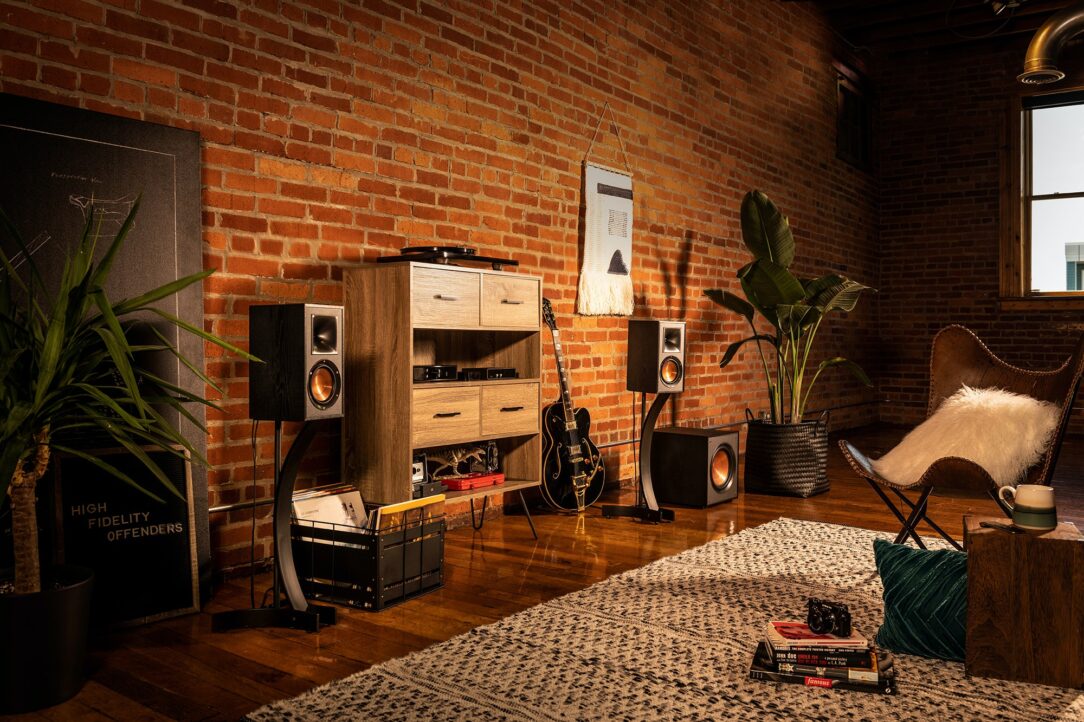 Setting a budget is also an important consideration when choosing your living room speakers.
High-end speakers
can be quite expensive, but they often come with advanced features and superior sound quality. If you're on a tighter budget, there are also plenty of
affordable options
that still offer decent sound quality. Think about how much you're willing to spend and do some research to find the best speakers that fit within your budget.
Setting a budget is also an important consideration when choosing your living room speakers.
High-end speakers
can be quite expensive, but they often come with advanced features and superior sound quality. If you're on a tighter budget, there are also plenty of
affordable options
that still offer decent sound quality. Think about how much you're willing to spend and do some research to find the best speakers that fit within your budget.
Consider the Room's Design
 When selecting your speakers, it's also important to consider the overall design of your living room. Speakers come in a variety of styles and finishes, so you'll want to choose ones that complement the existing decor. For example,
wooden speakers
can add a touch of warmth and sophistication to a room, while
metal speakers
can create a more modern and sleek look. Keep in mind that your speakers will be a prominent feature in the room, so choose ones that enhance the overall aesthetic.
When selecting your speakers, it's also important to consider the overall design of your living room. Speakers come in a variety of styles and finishes, so you'll want to choose ones that complement the existing decor. For example,
wooden speakers
can add a touch of warmth and sophistication to a room, while
metal speakers
can create a more modern and sleek look. Keep in mind that your speakers will be a prominent feature in the room, so choose ones that enhance the overall aesthetic.
Conclusion
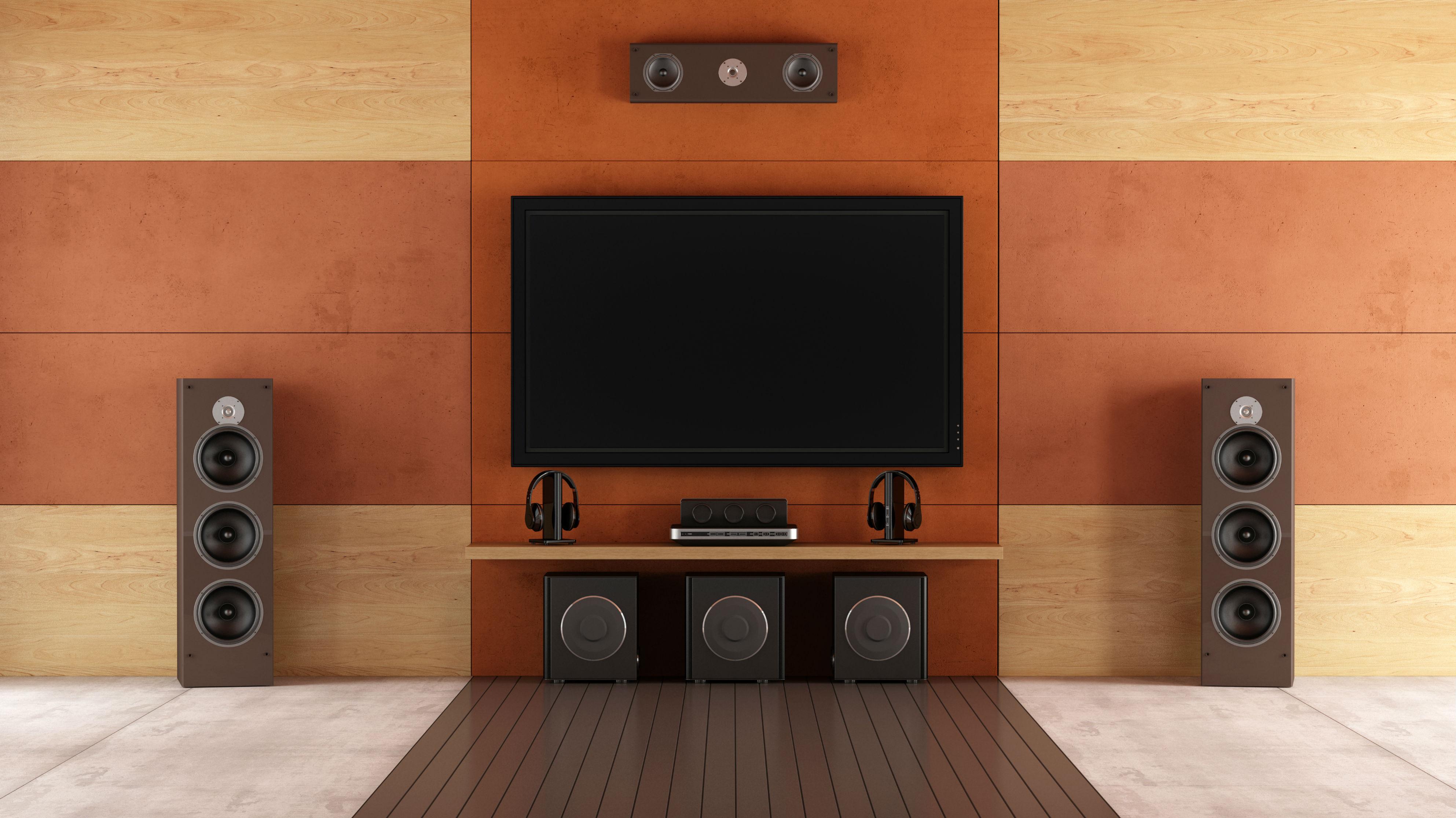 Choosing the right speakers for your living room is crucial in creating an enjoyable and immersive audio experience. Consider factors such as placement, size, sound quality, wired or wireless options, and your budget when making your decision. Also, don't forget to take into account the room's design and choose speakers that not only sound great but also enhance the overall look of your living room. With these tips, you'll be on your way to setting up the perfect speaker system for your living room.
Choosing the right speakers for your living room is crucial in creating an enjoyable and immersive audio experience. Consider factors such as placement, size, sound quality, wired or wireless options, and your budget when making your decision. Also, don't forget to take into account the room's design and choose speakers that not only sound great but also enhance the overall look of your living room. With these tips, you'll be on your way to setting up the perfect speaker system for your living room.
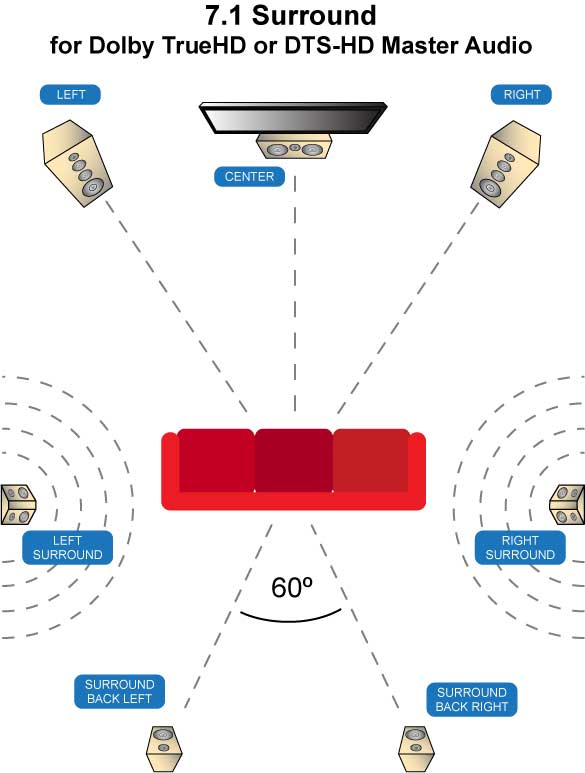

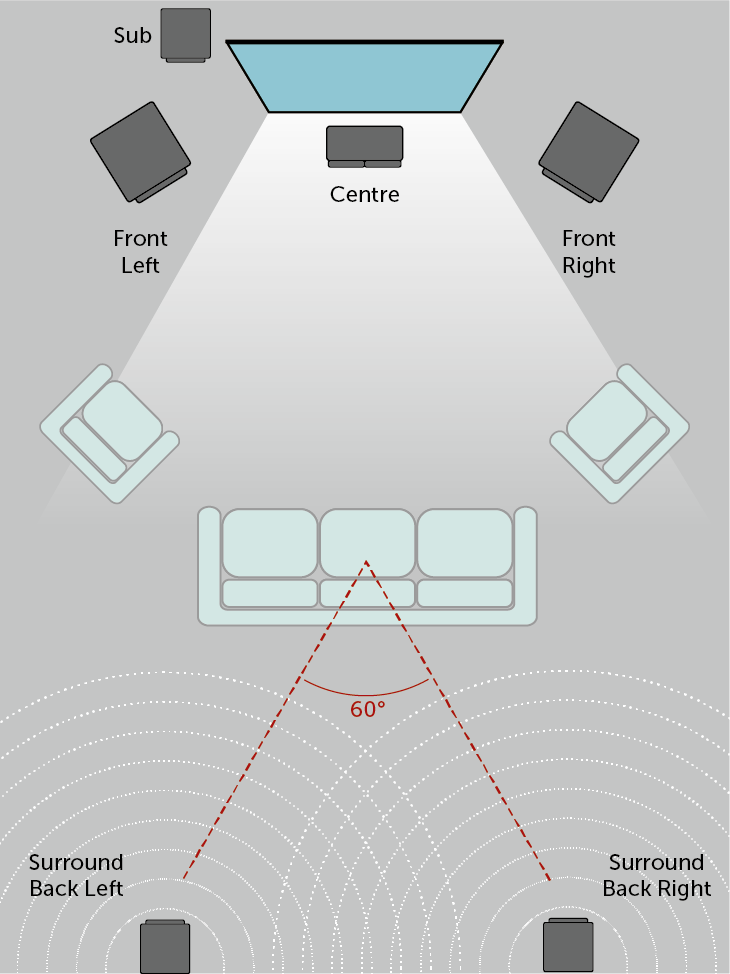


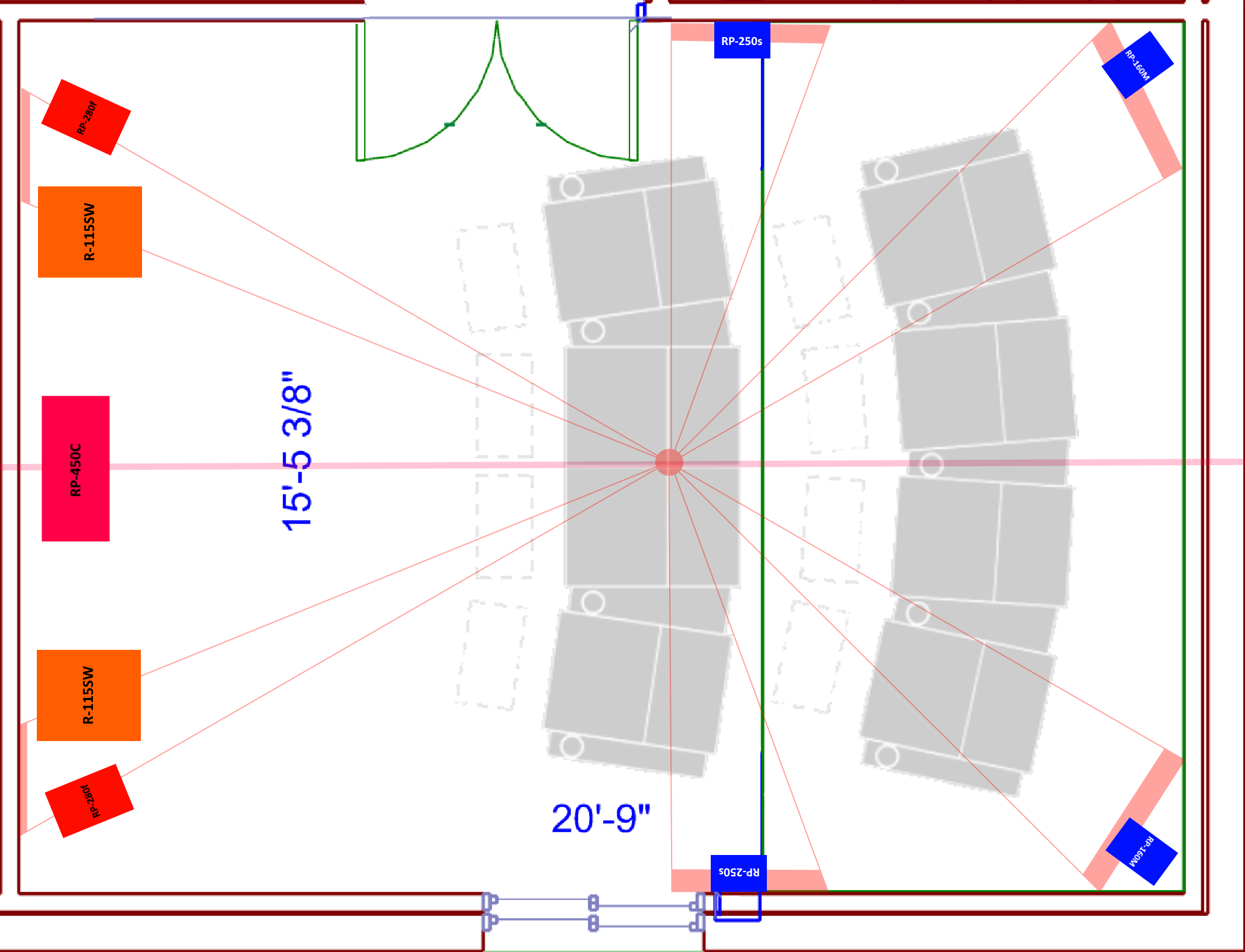


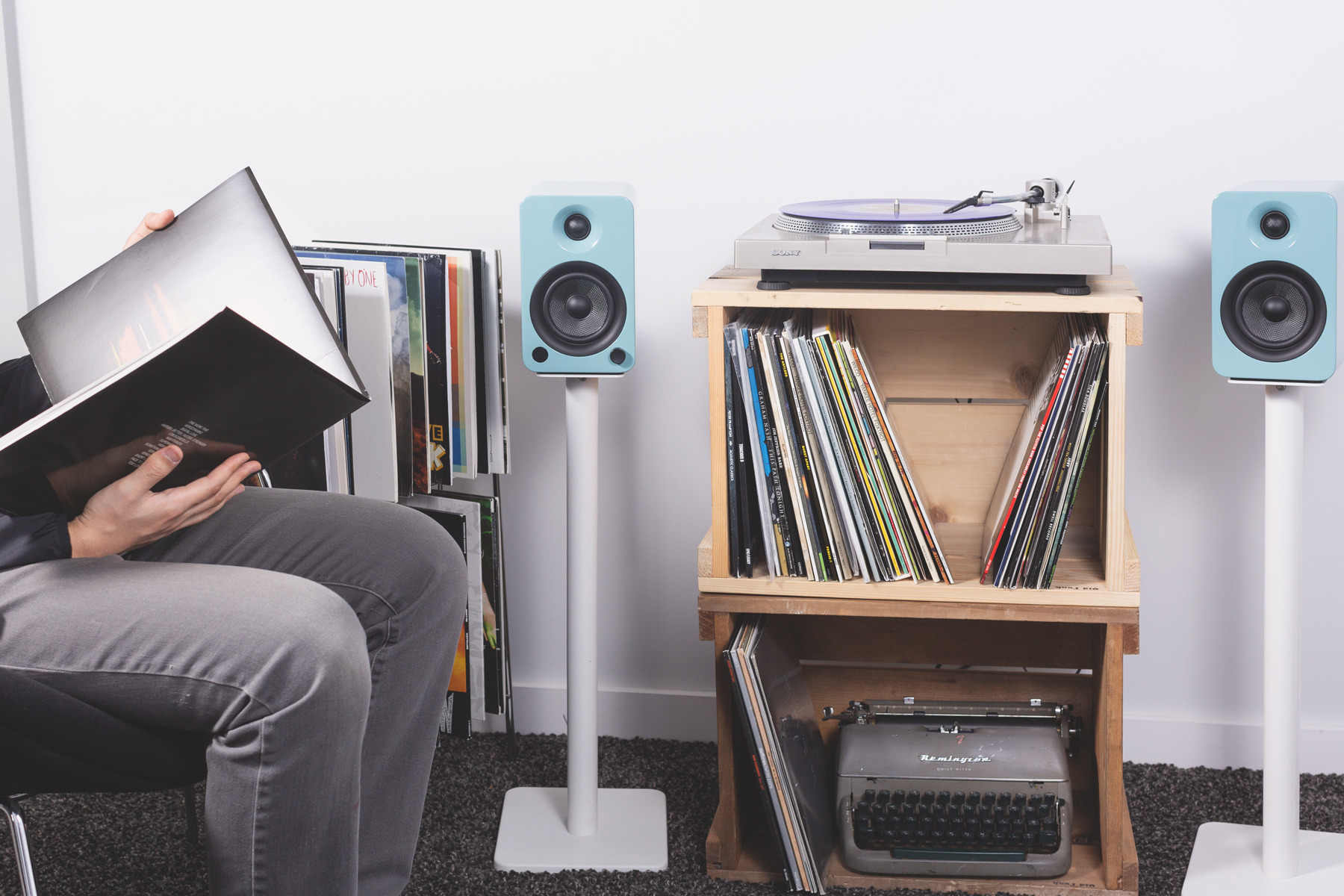
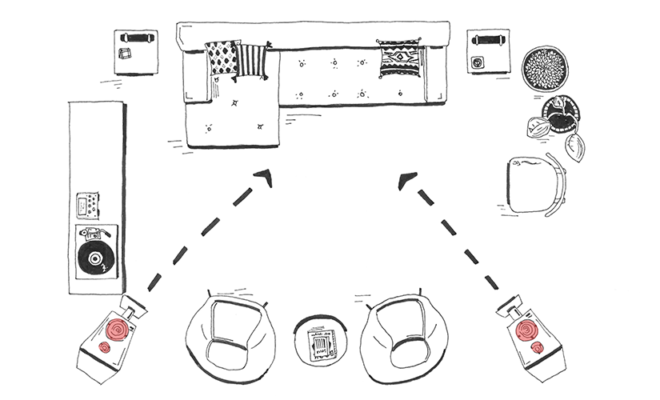
/speaker_placement_dia-5804ee9d3df78cbc2889b855.jpg)

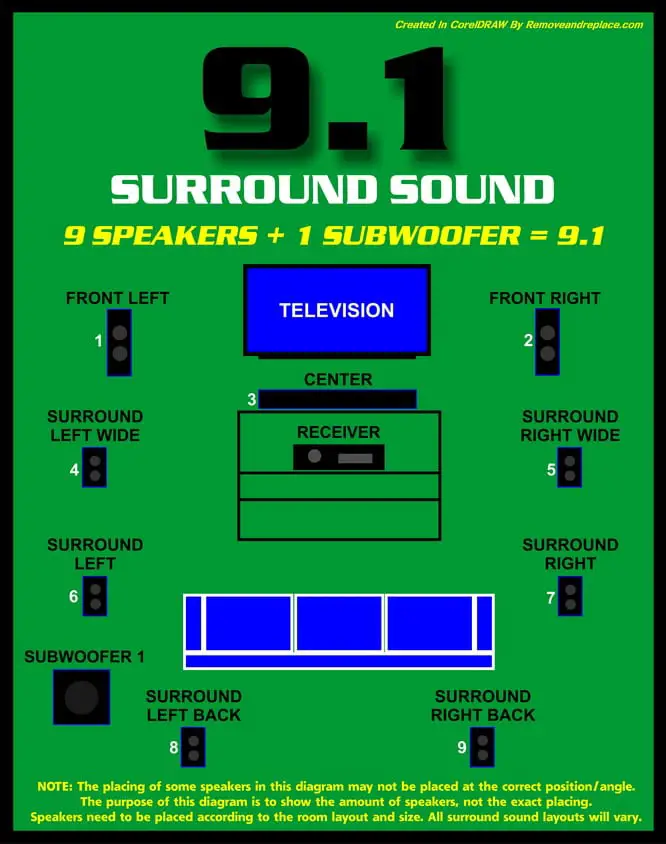


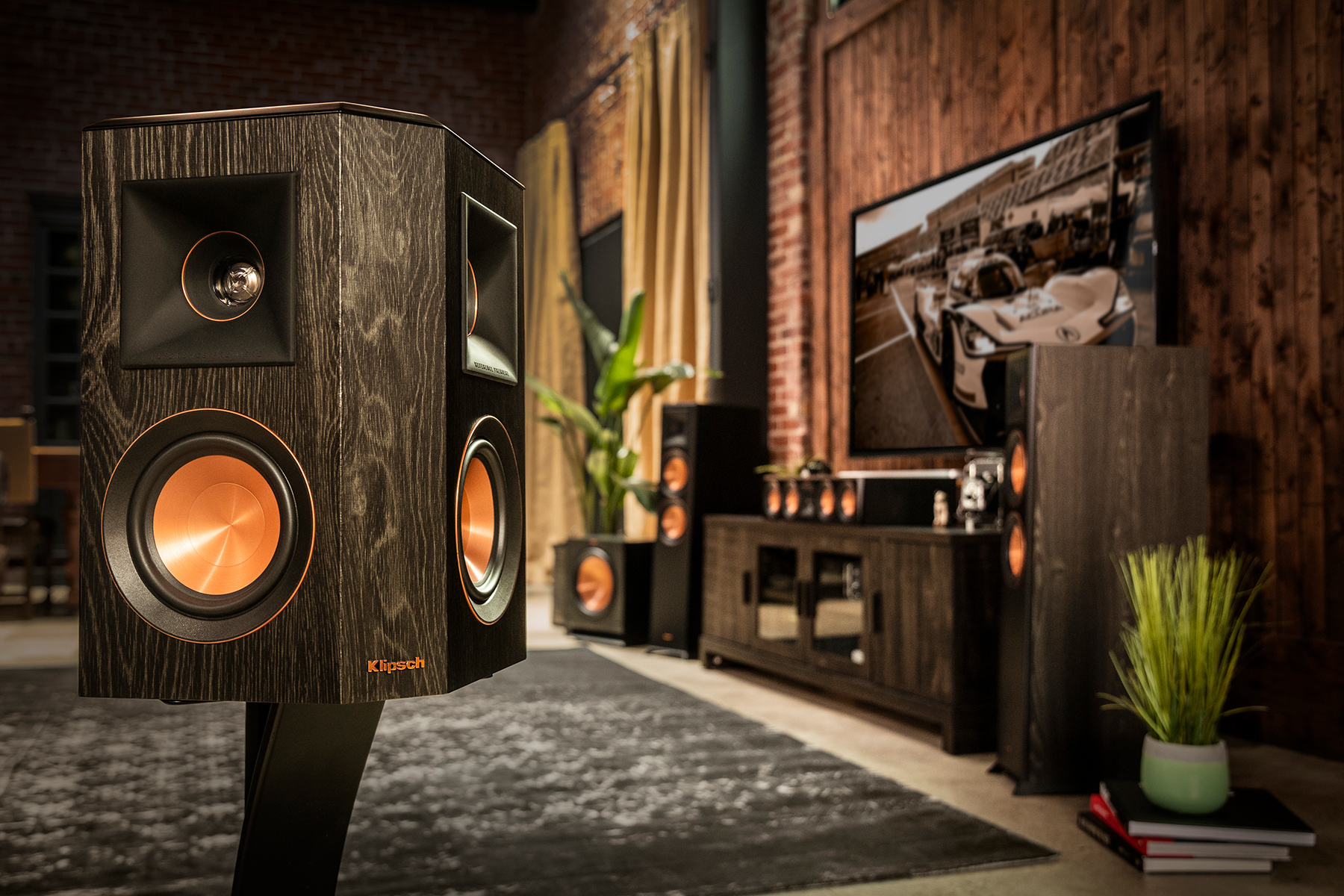
/klipsch-dolby-atmos-speaker-setup-a-56a4b5e65f9b58b7d0d86a68.jpg)
/home-theater-surround-sound-setup-a-585c25c23df78ce2c3549b62.jpg)
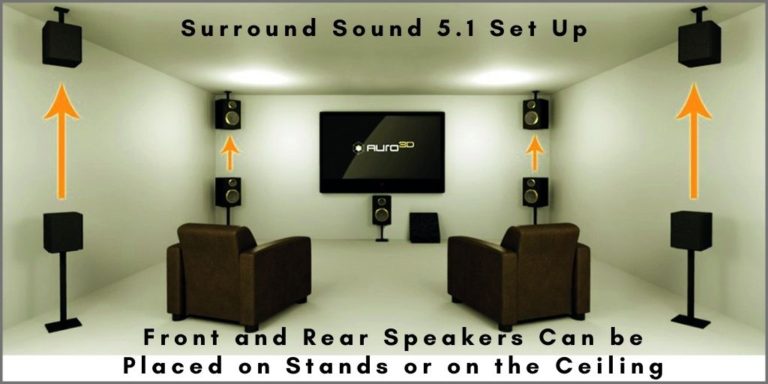
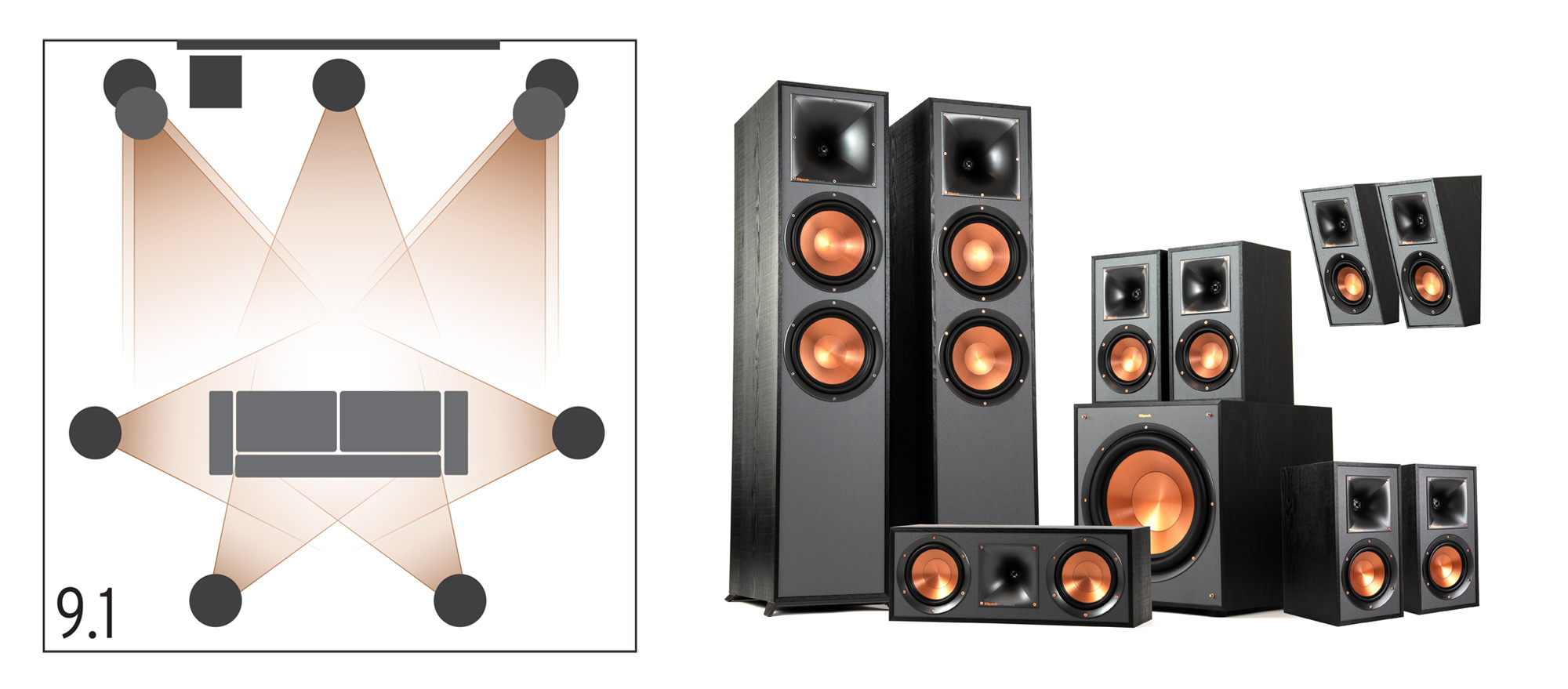
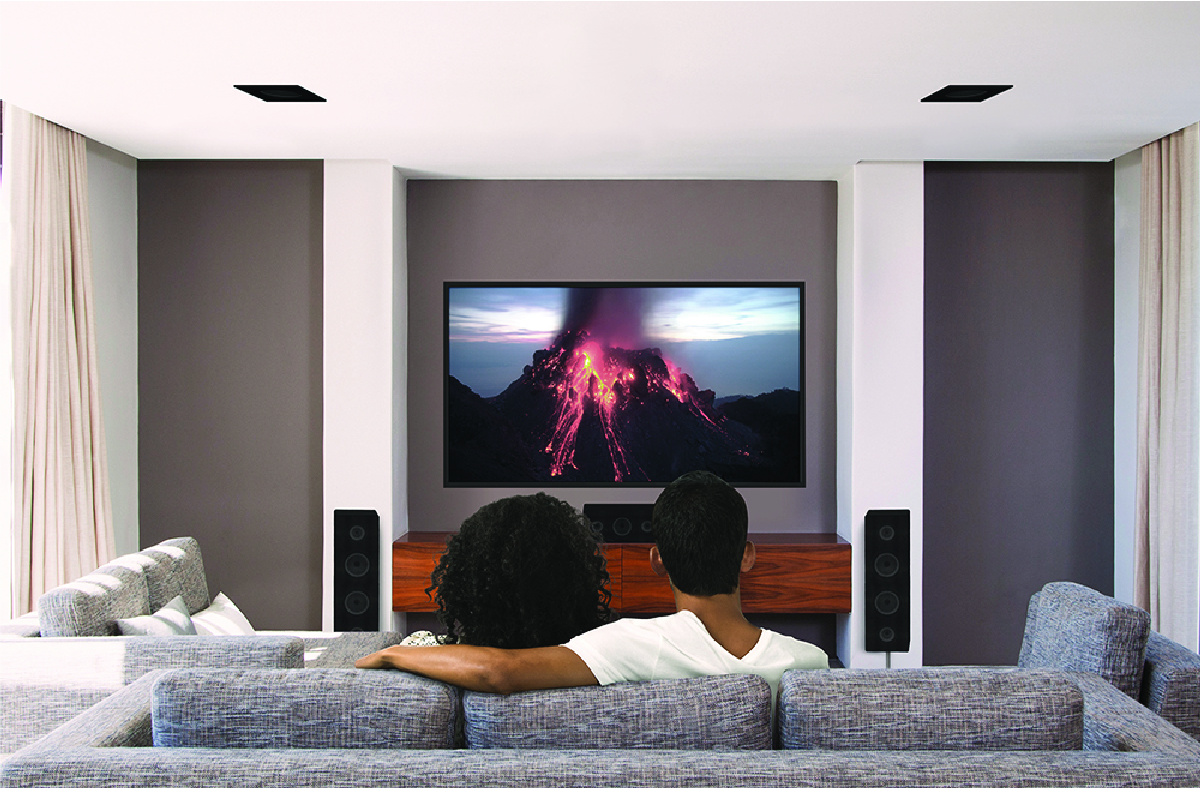



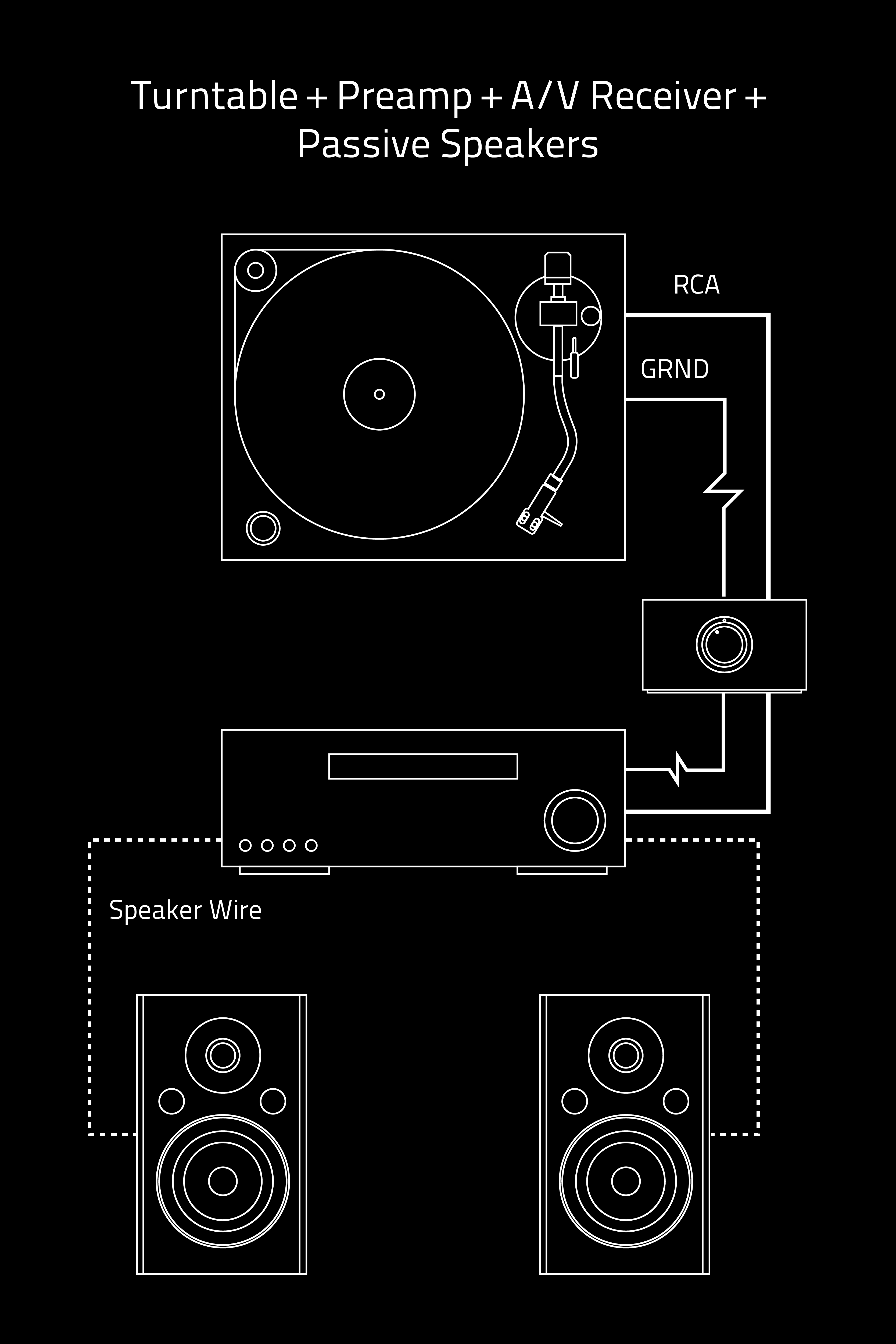
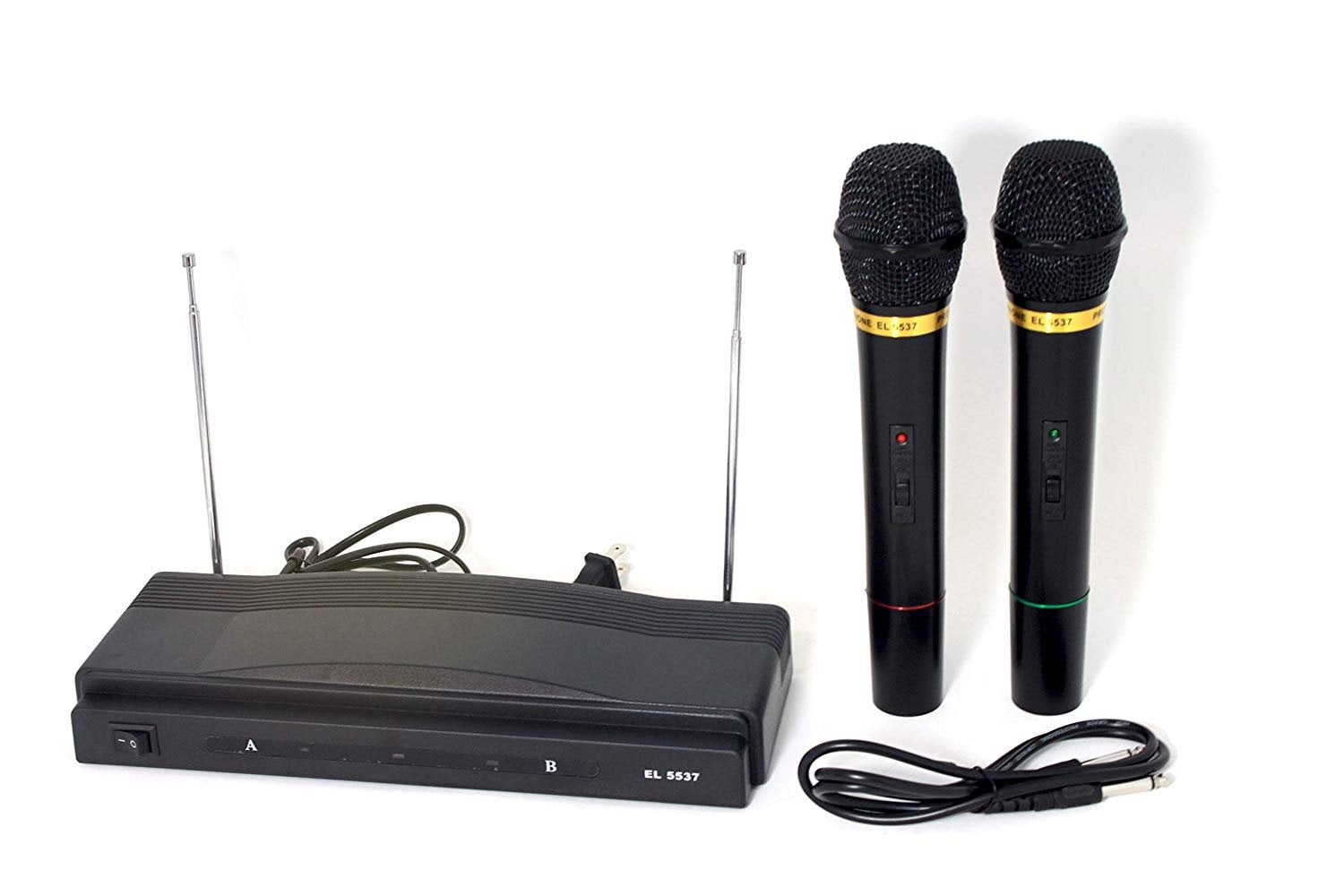

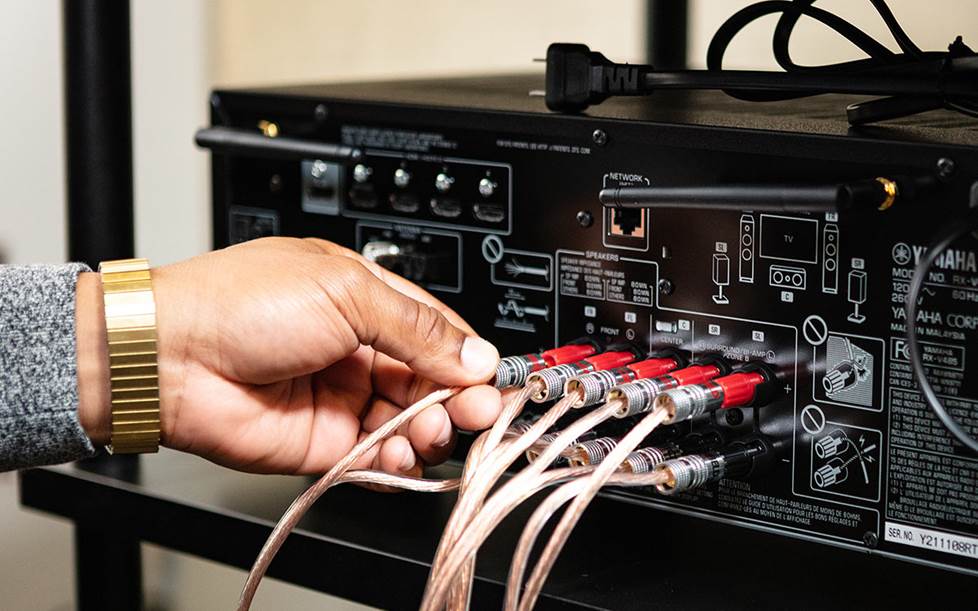
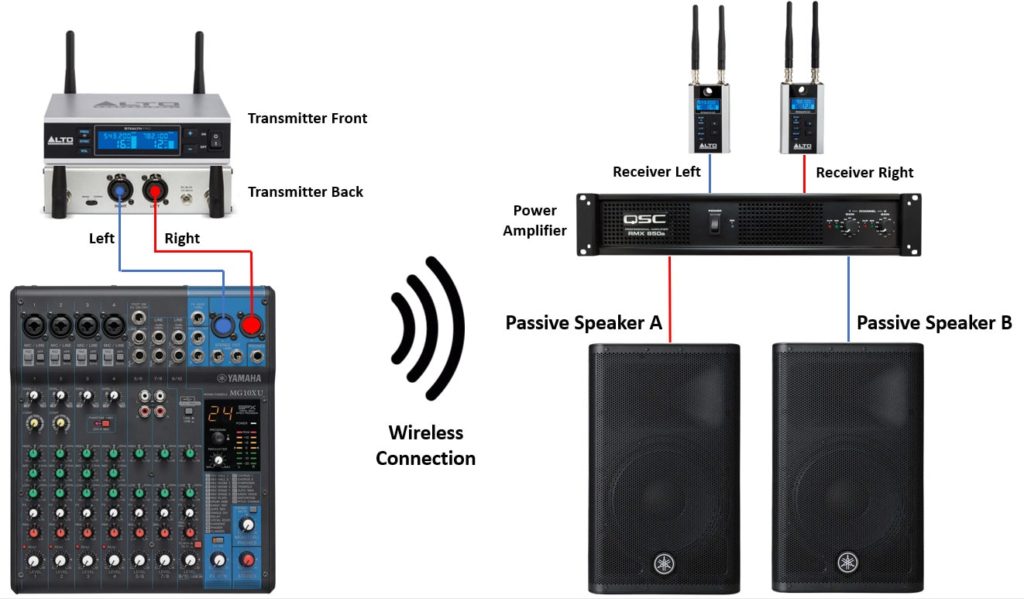

/1847946-13-5c45be3446e0fb000157bc78.jpg)


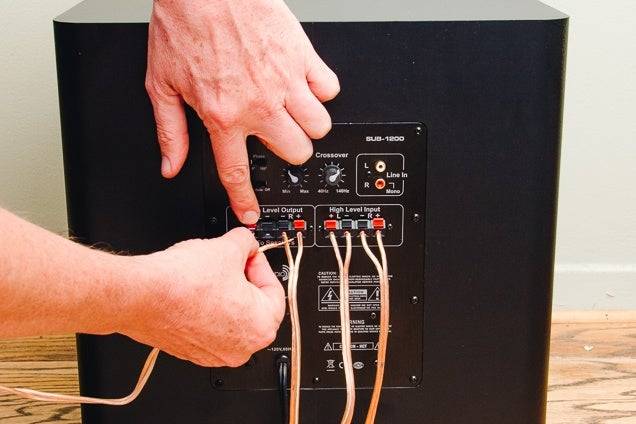

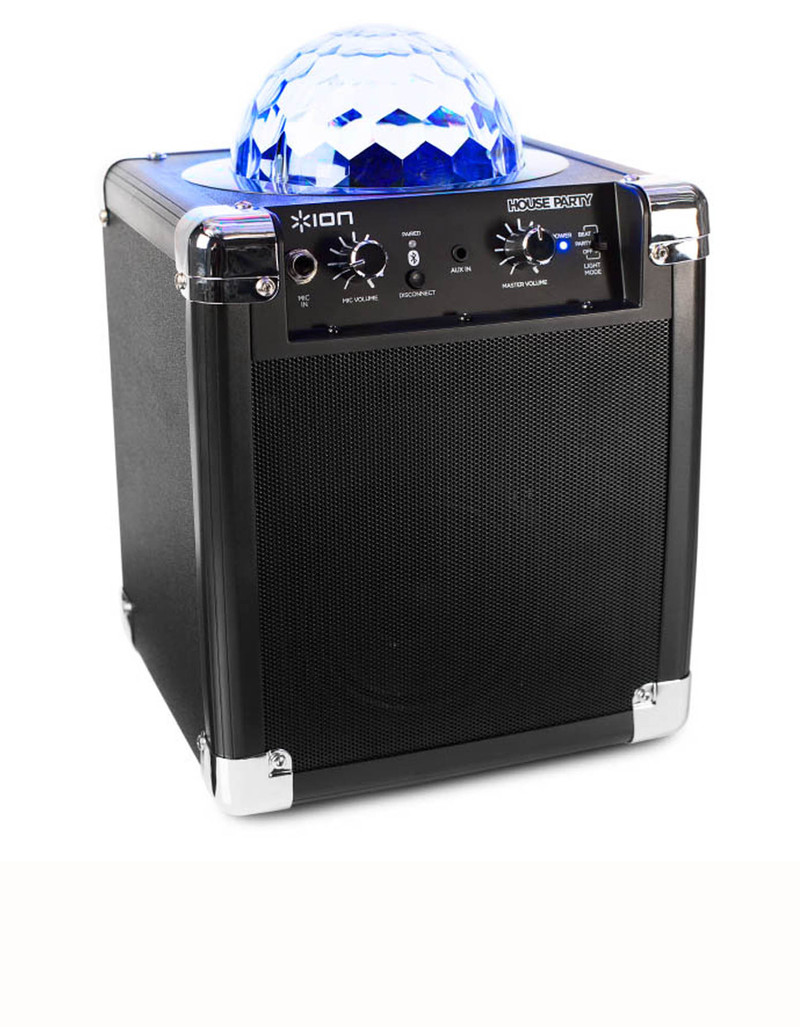


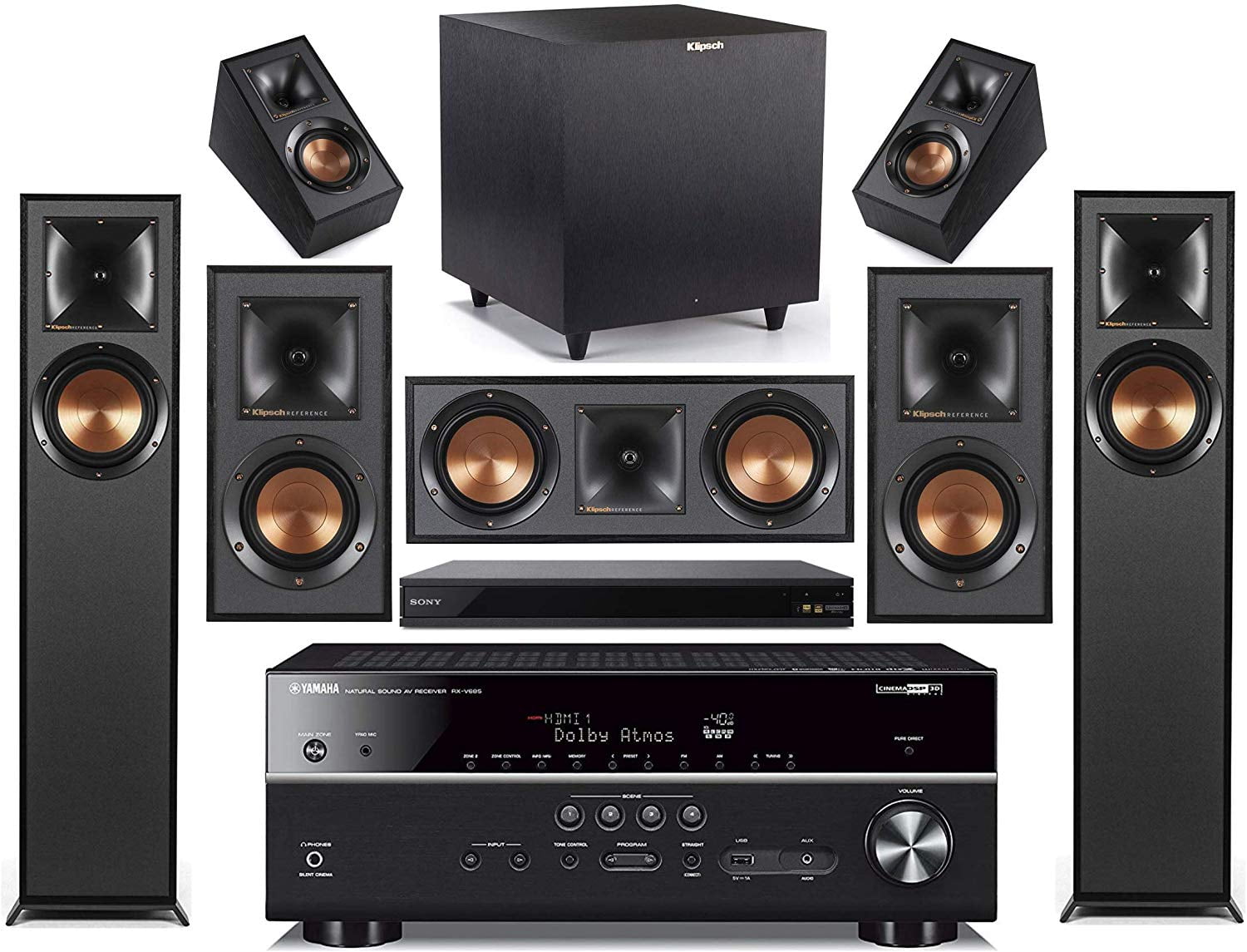


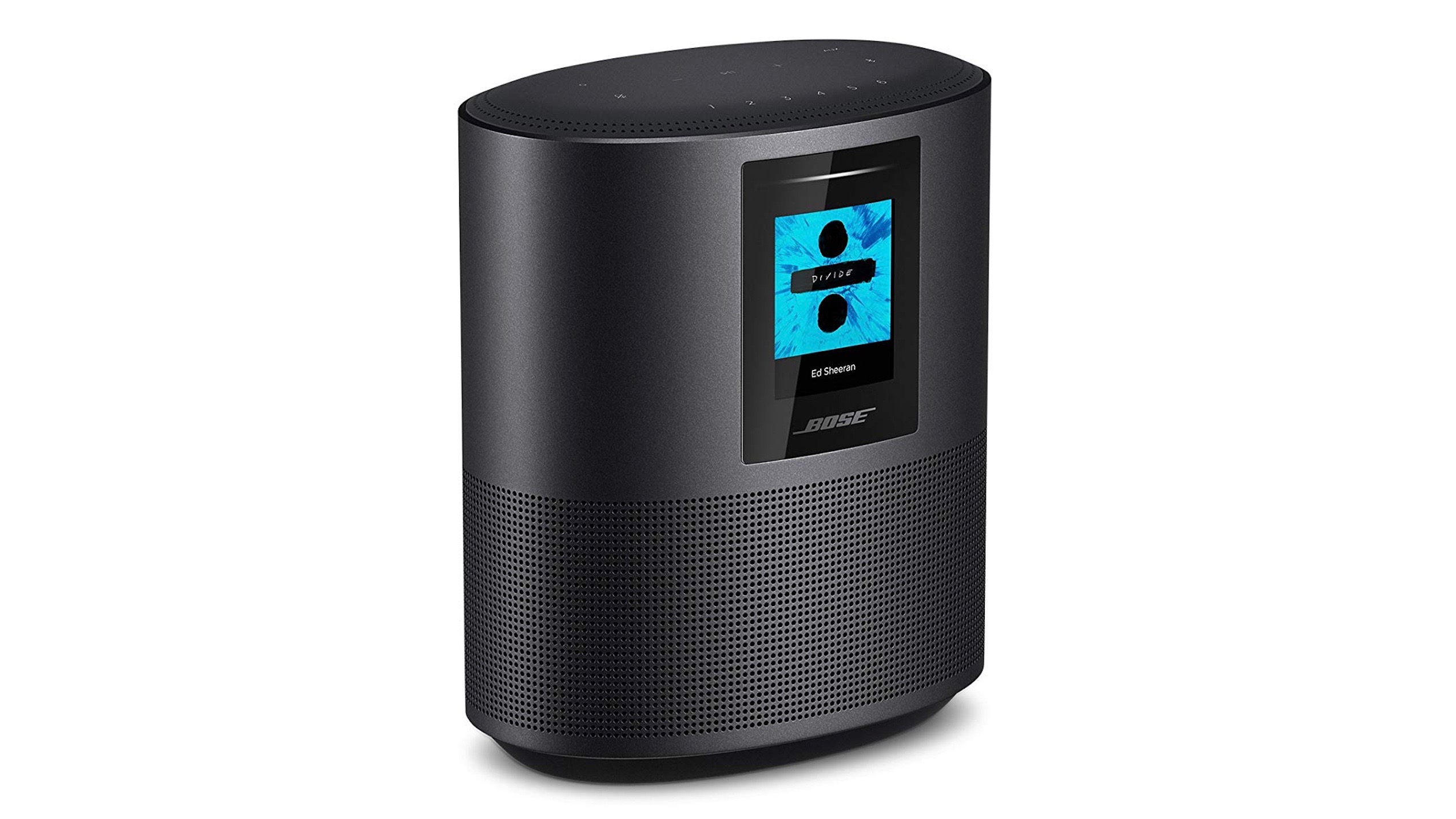






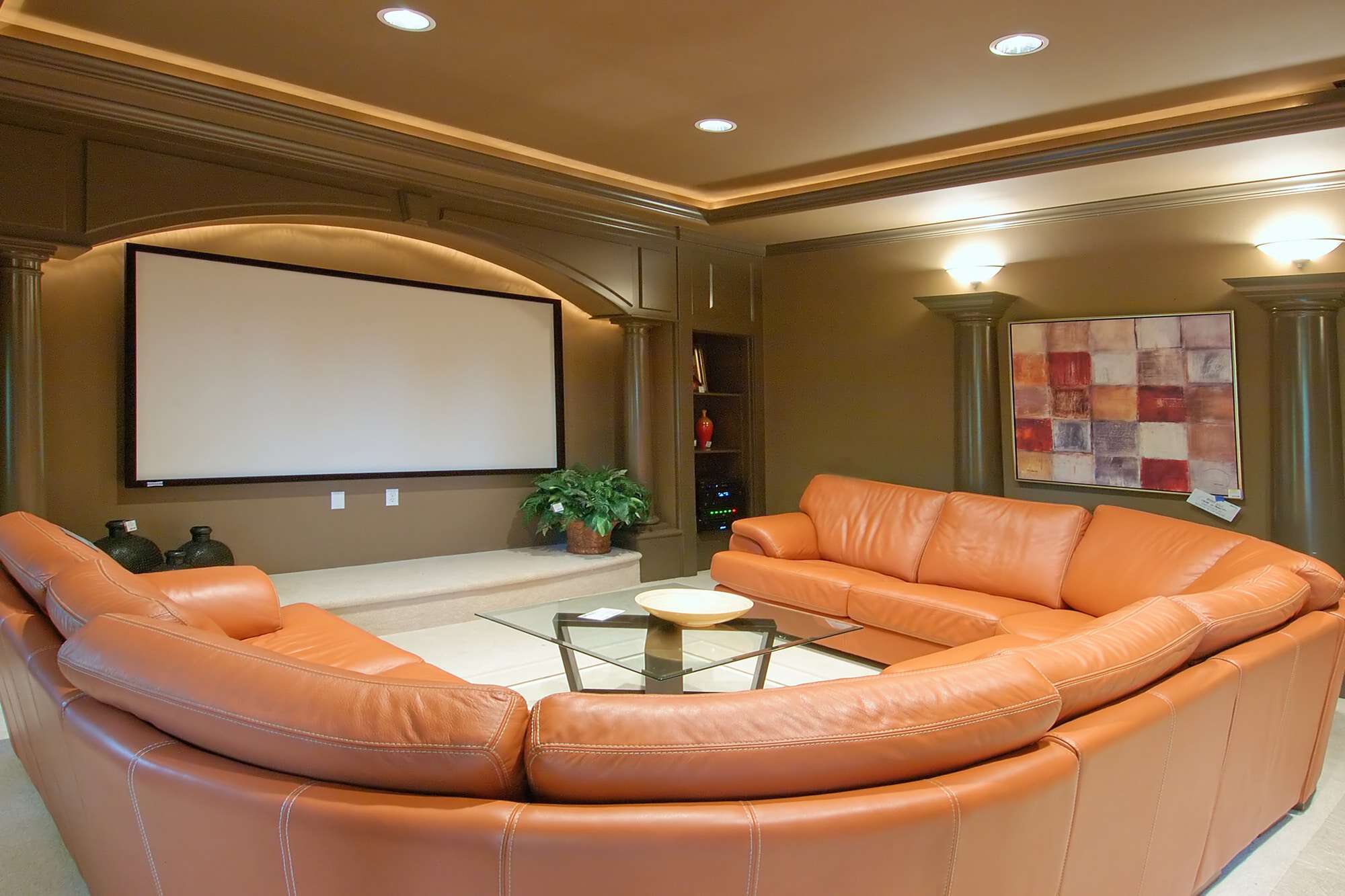
:max_bytes(150000):strip_icc()/movie-playing-on-projection-screen-in-home-theater-915093896-5bdb7eb0c9e77c0026d2970f-52f2860826054782a4fc48b588e441fe.jpg)


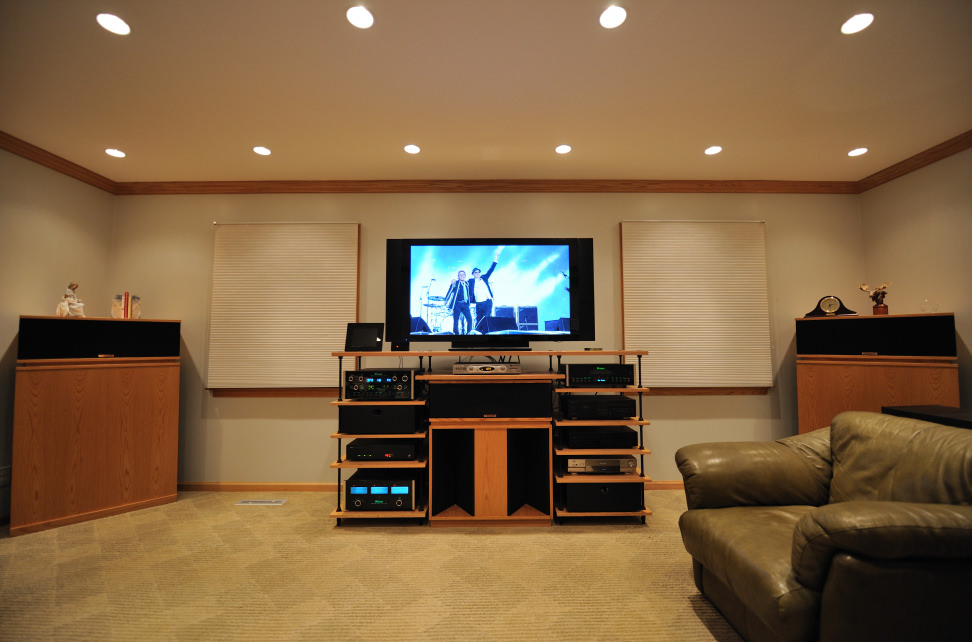
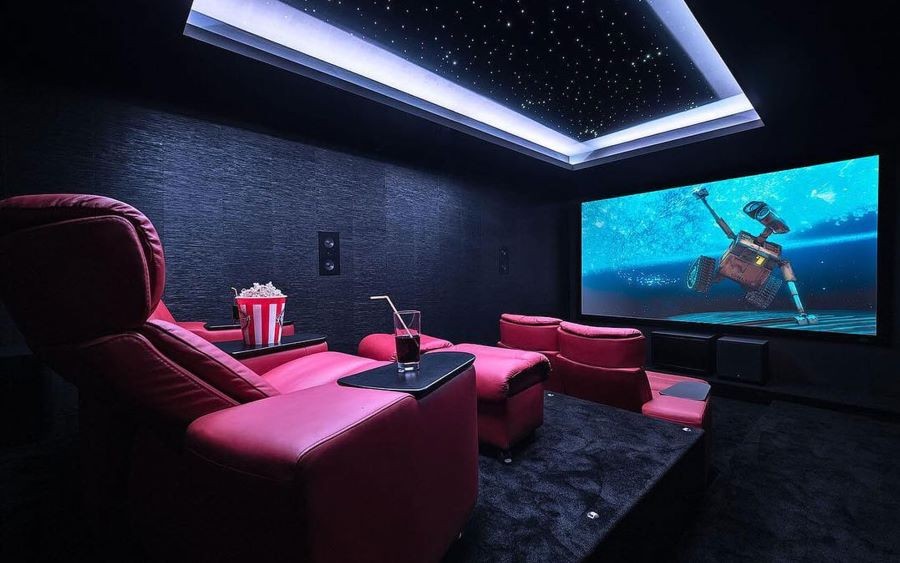


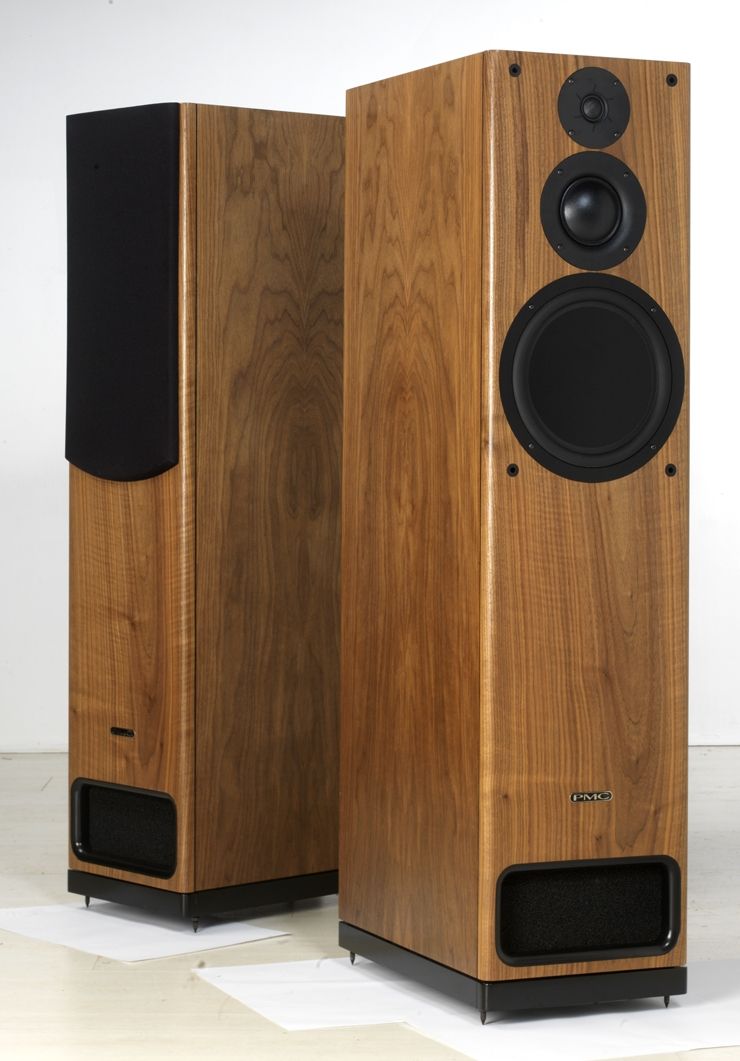



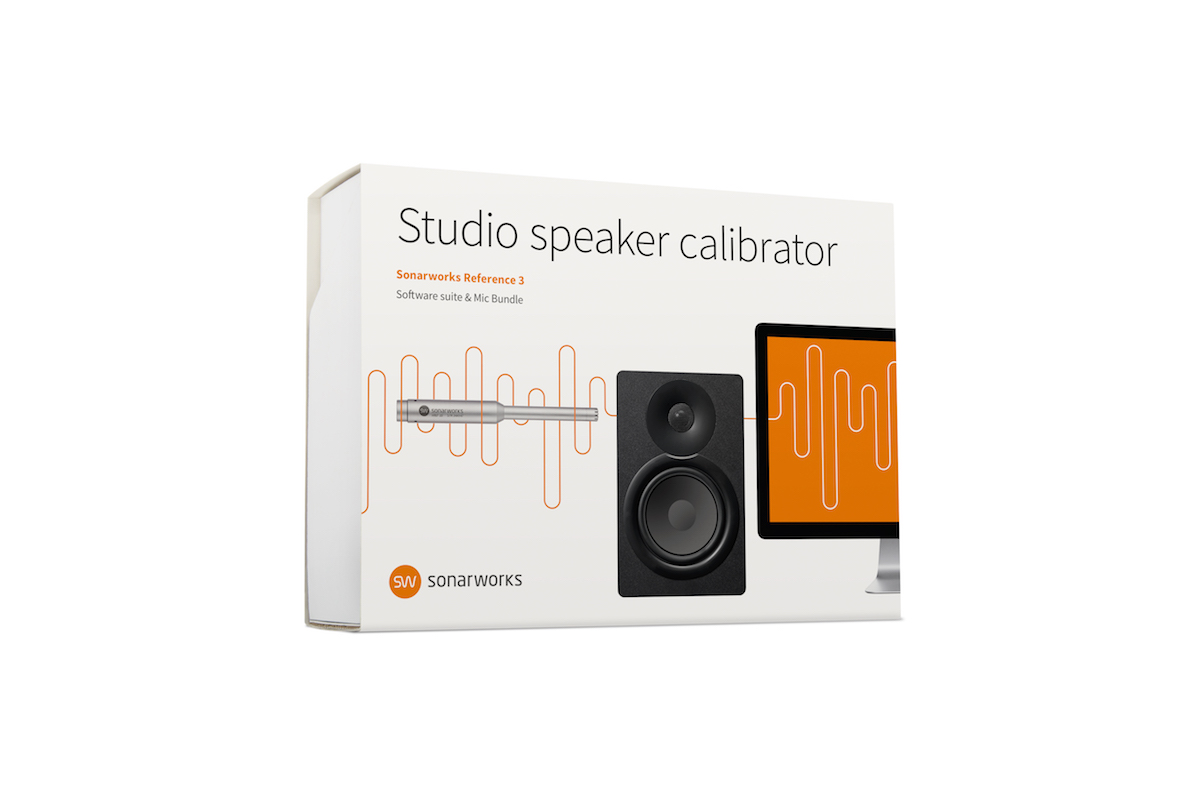
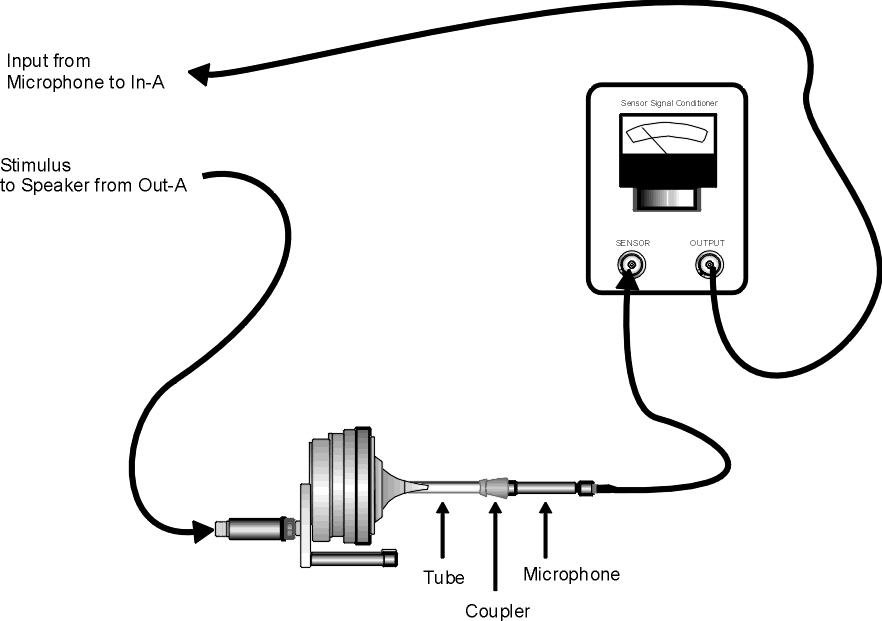

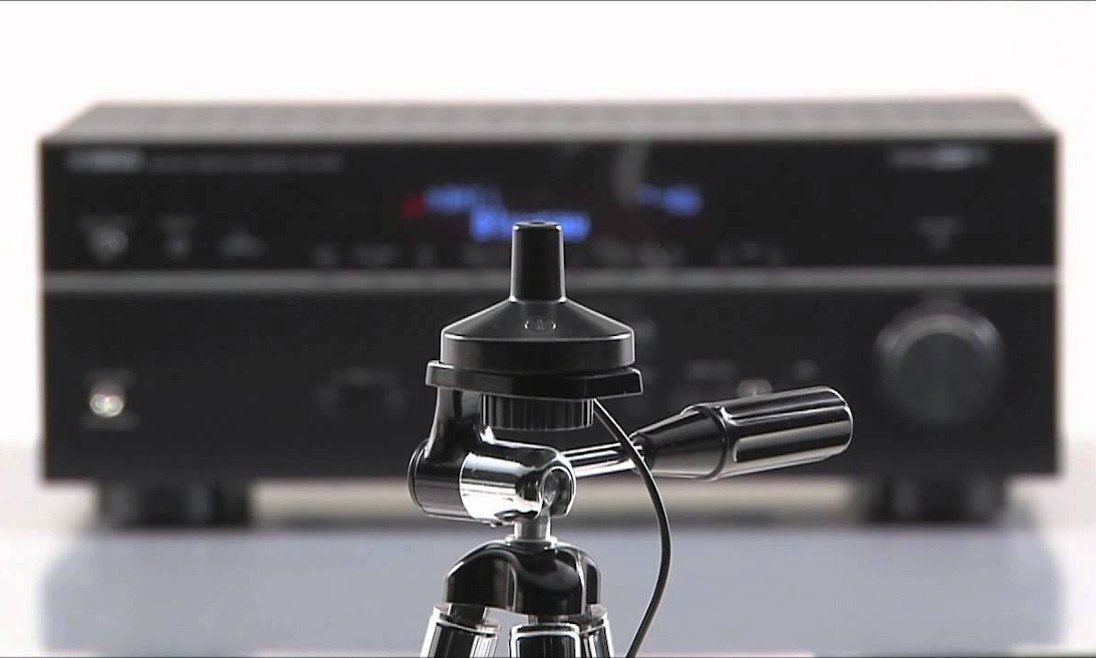






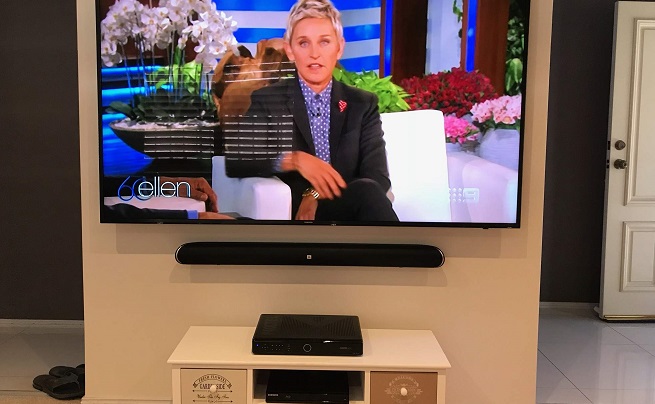


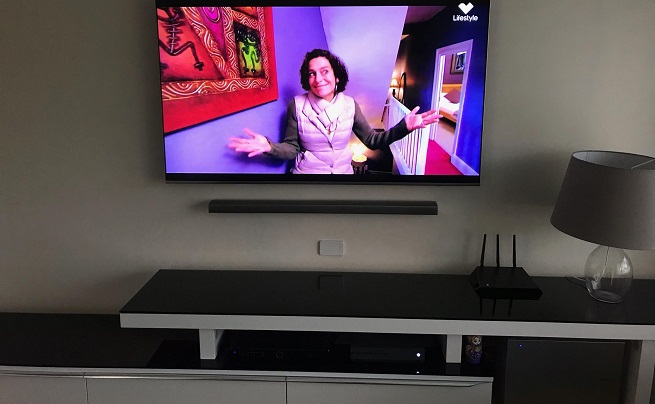

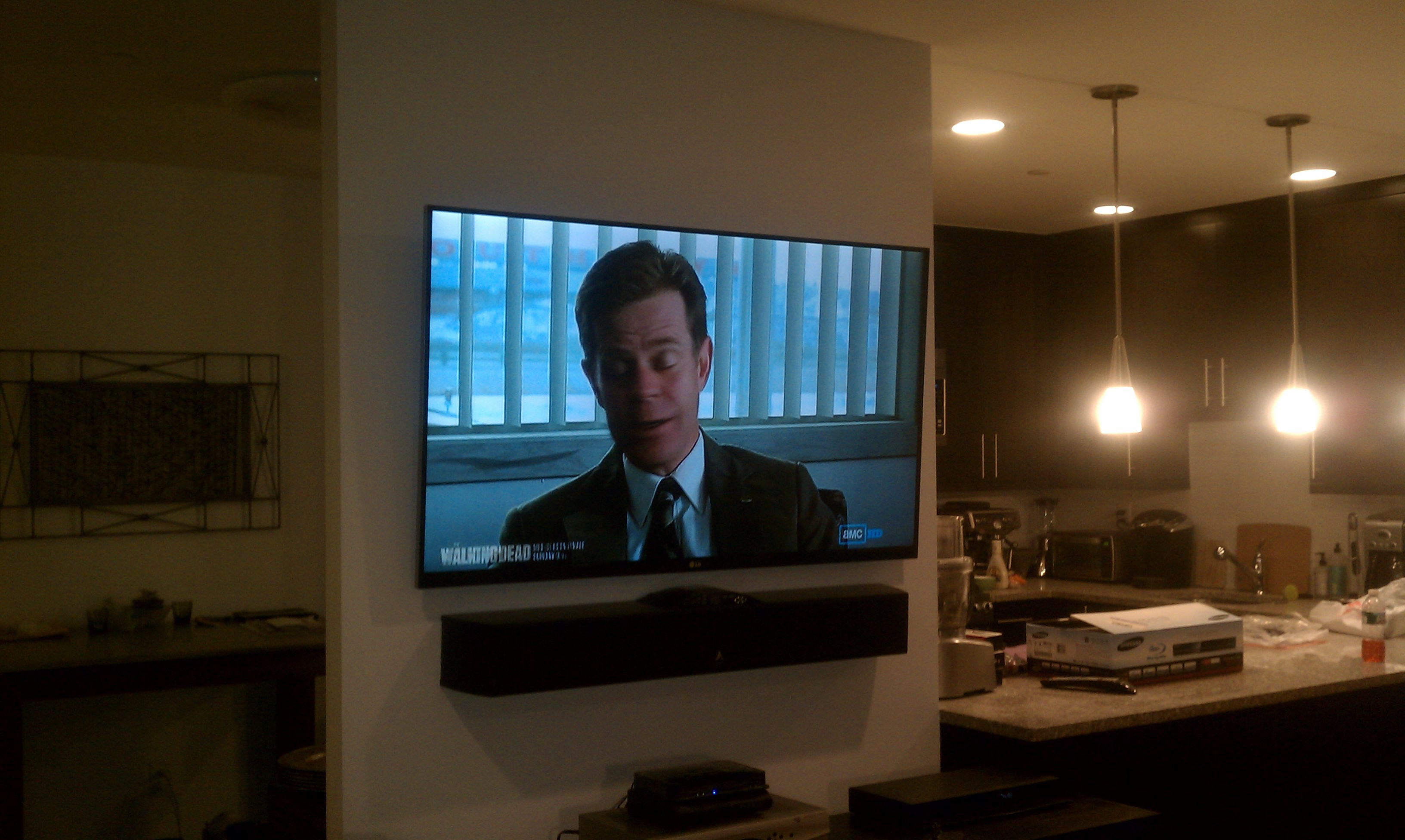
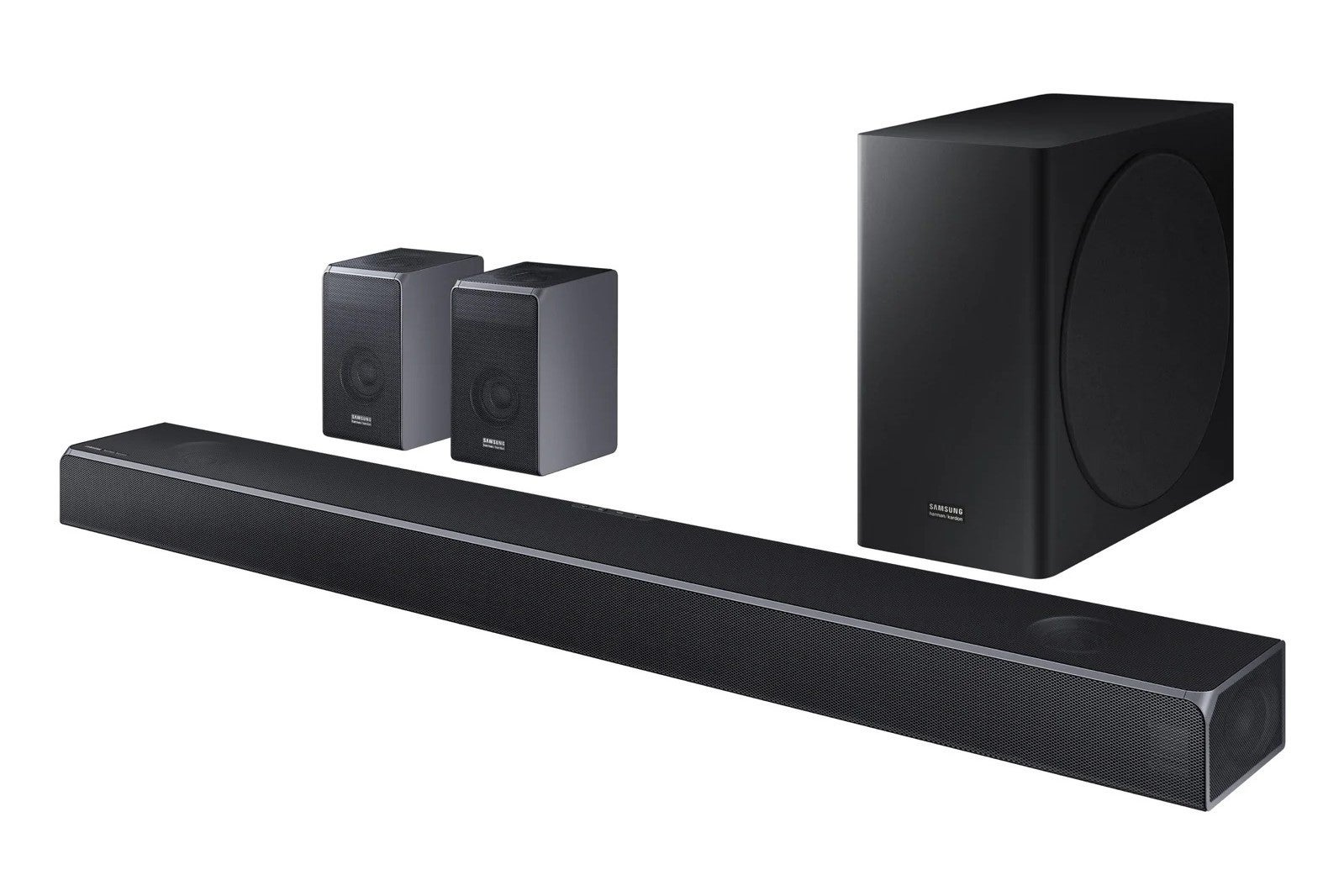
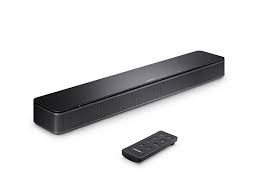

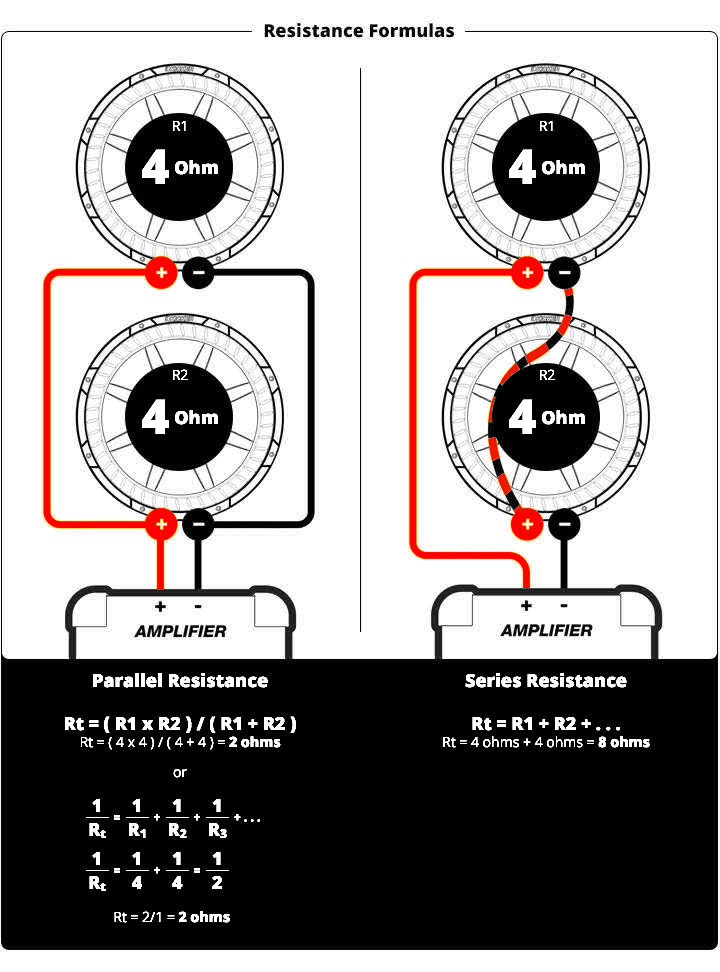

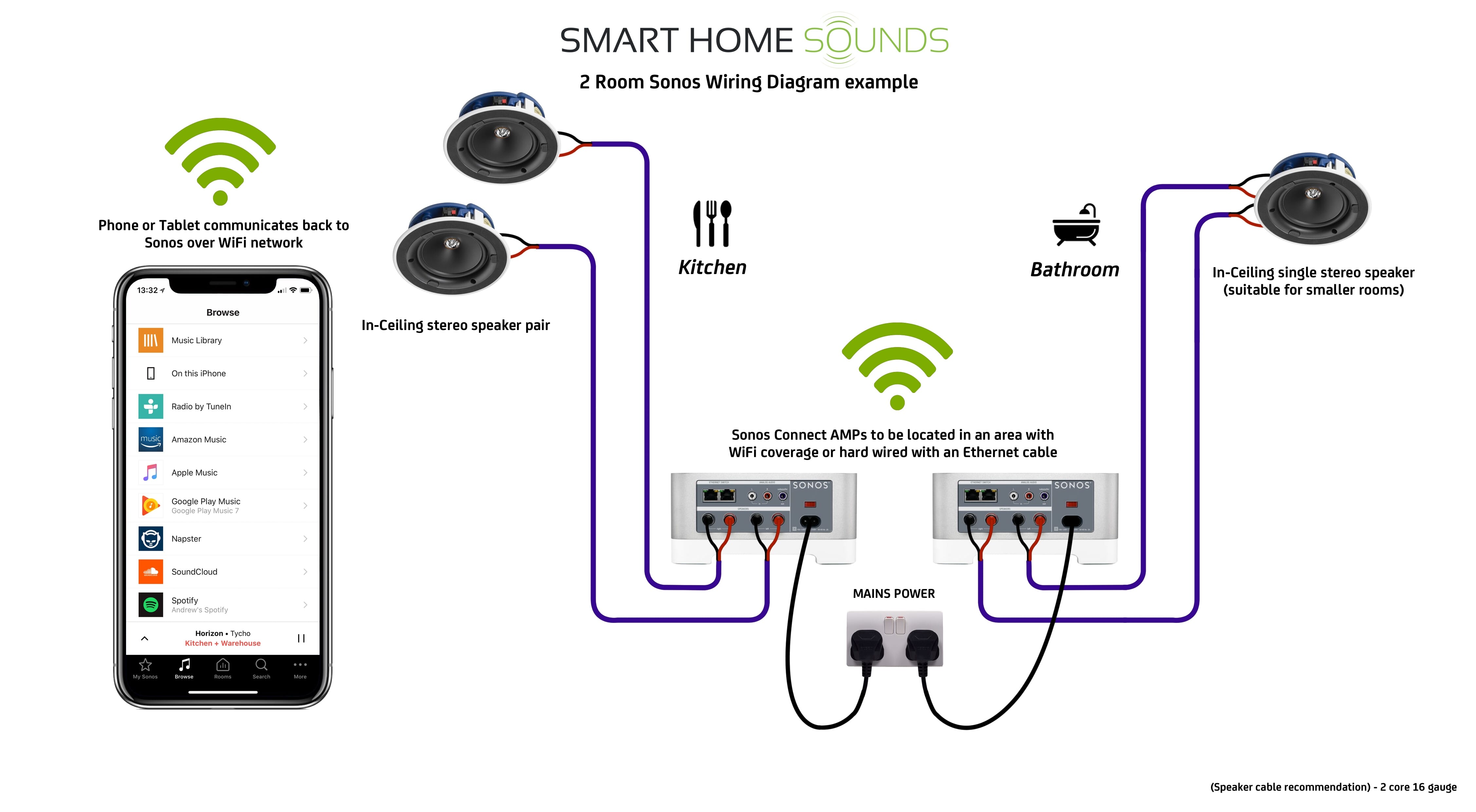





:max_bytes(150000):strip_icc()/connect-speakers-to-receiver-or-amp-3135120-0ebd3c8d2696473cb99bd8df9f4ce4be.png)
